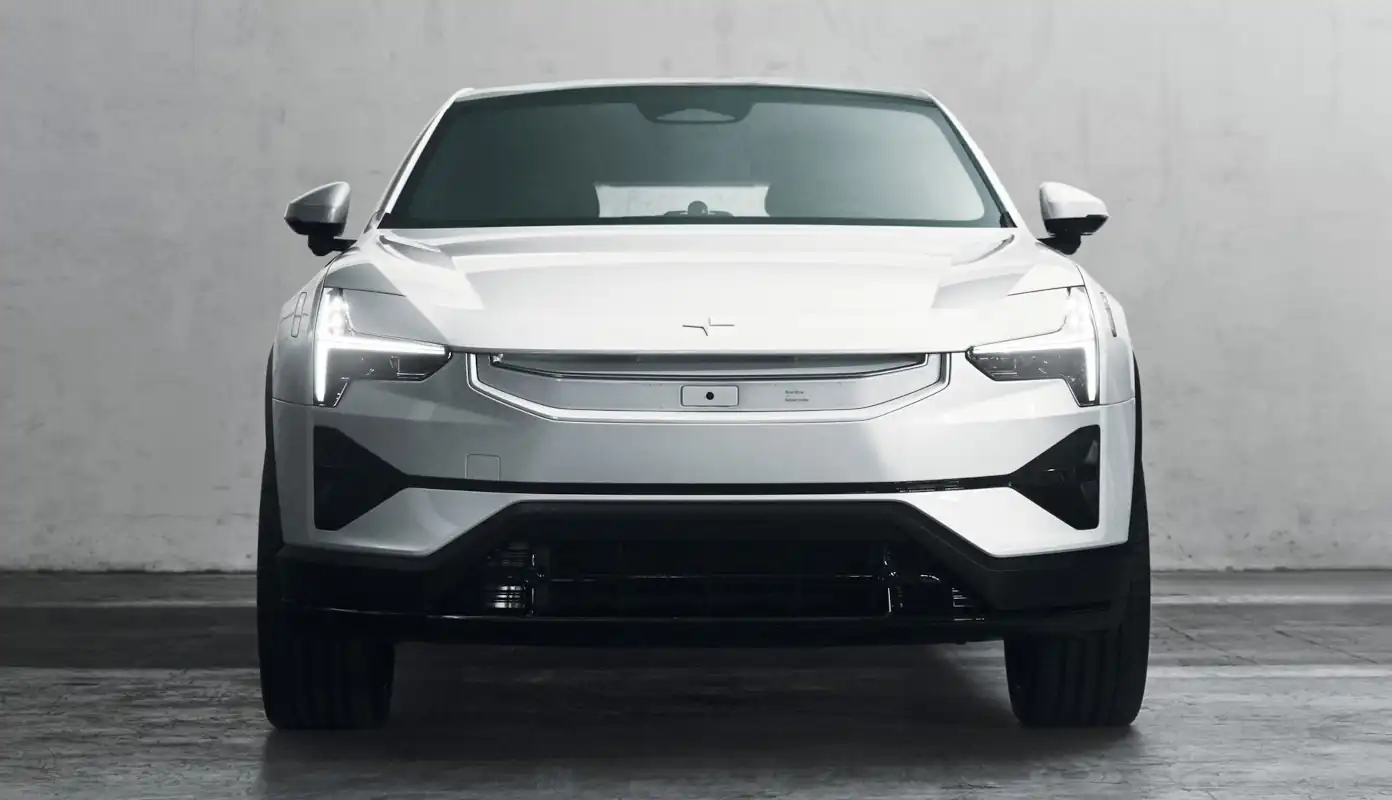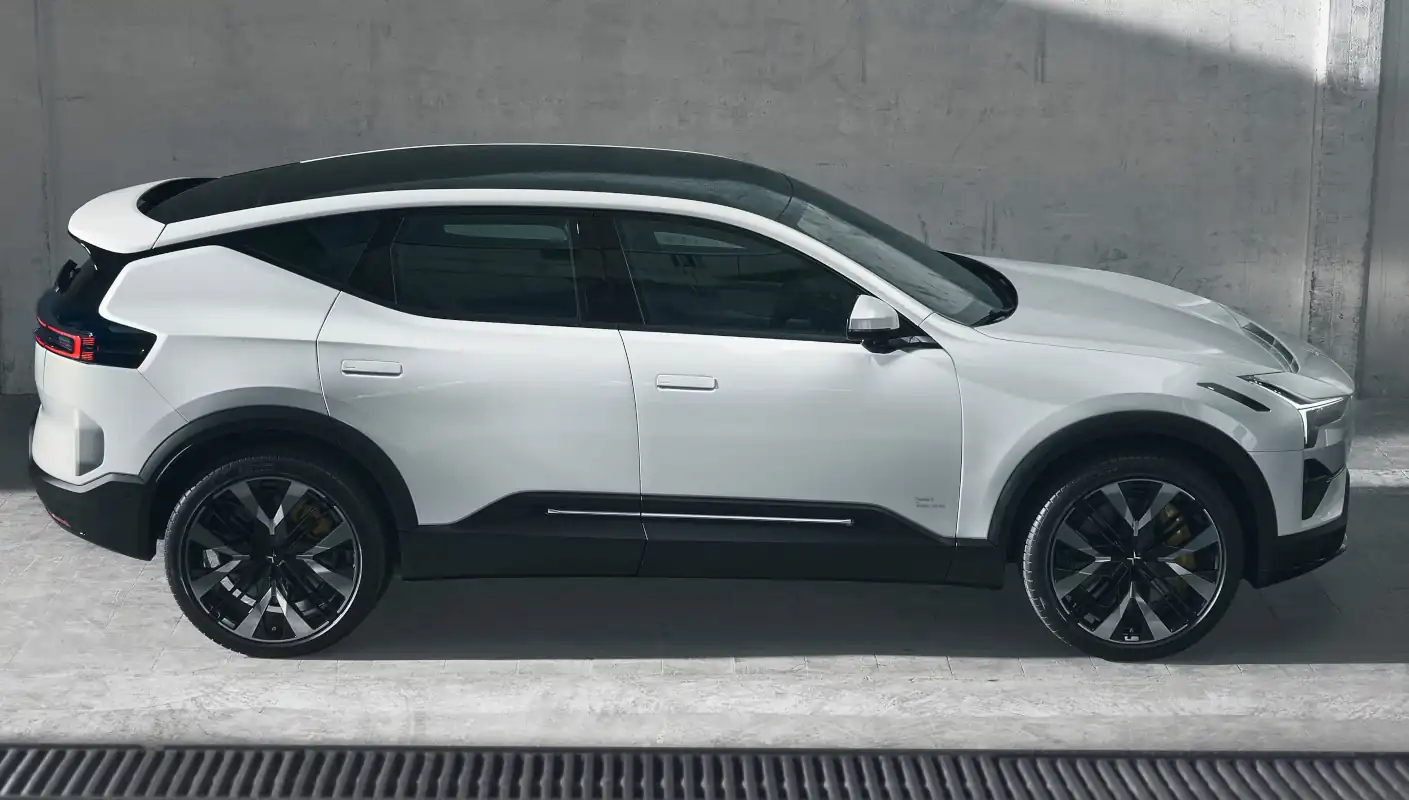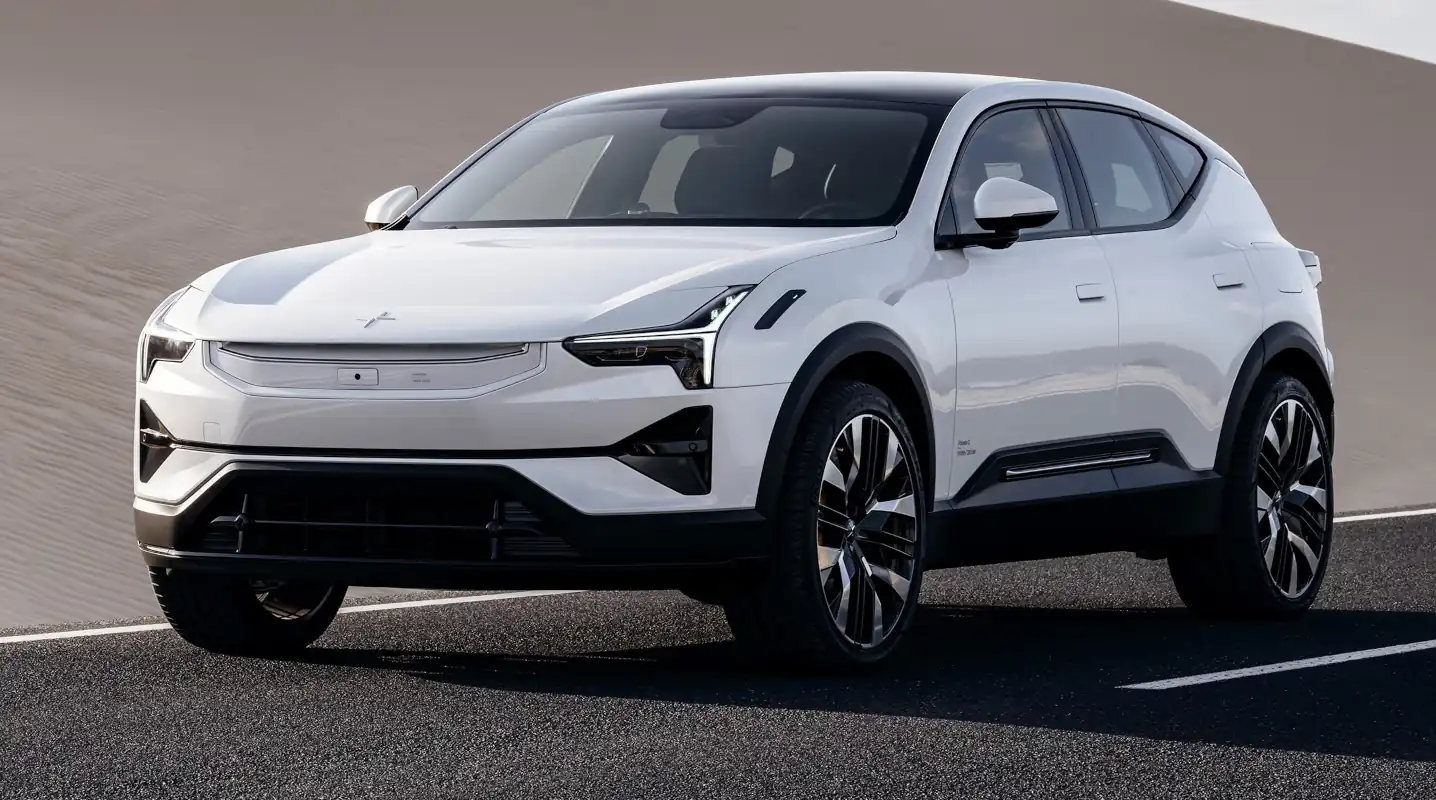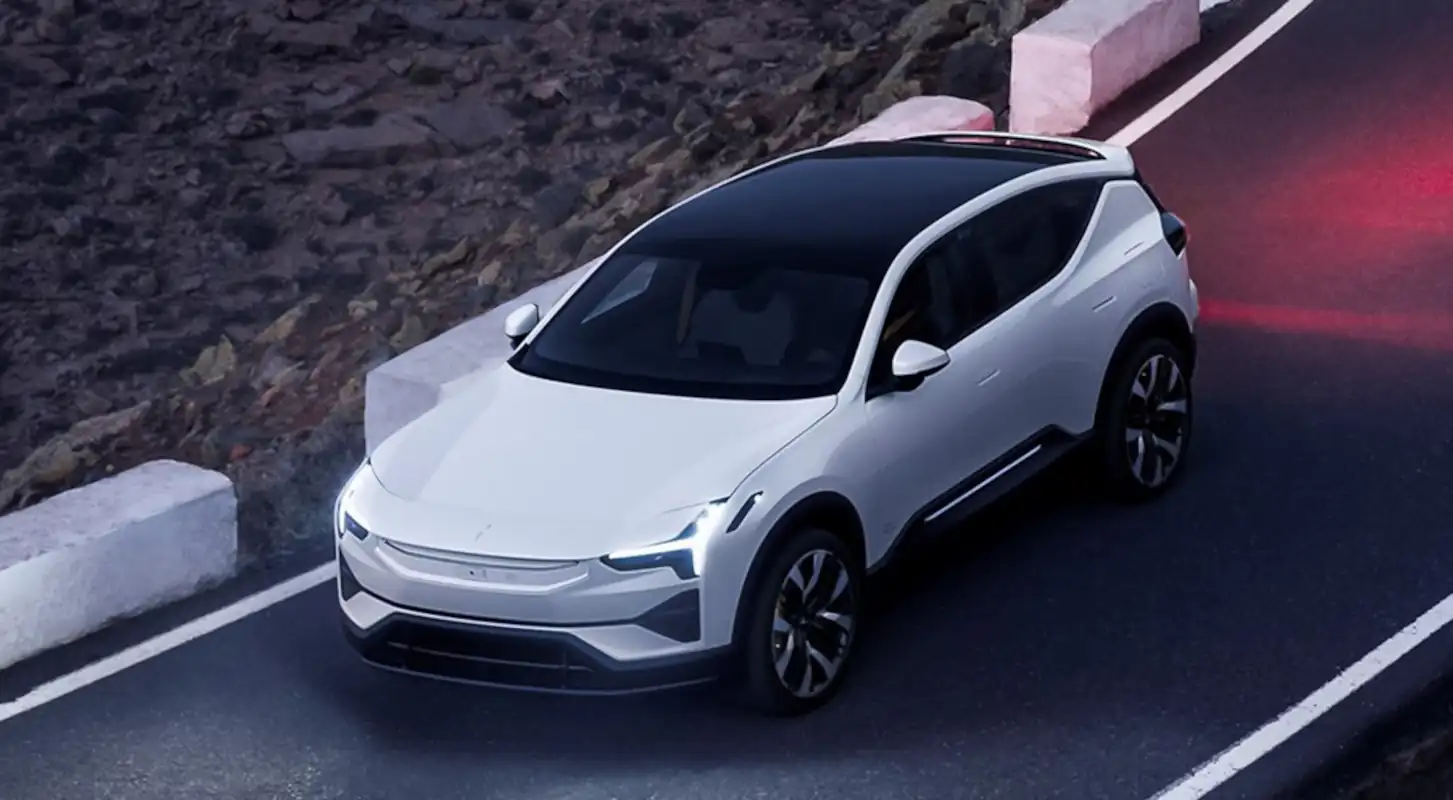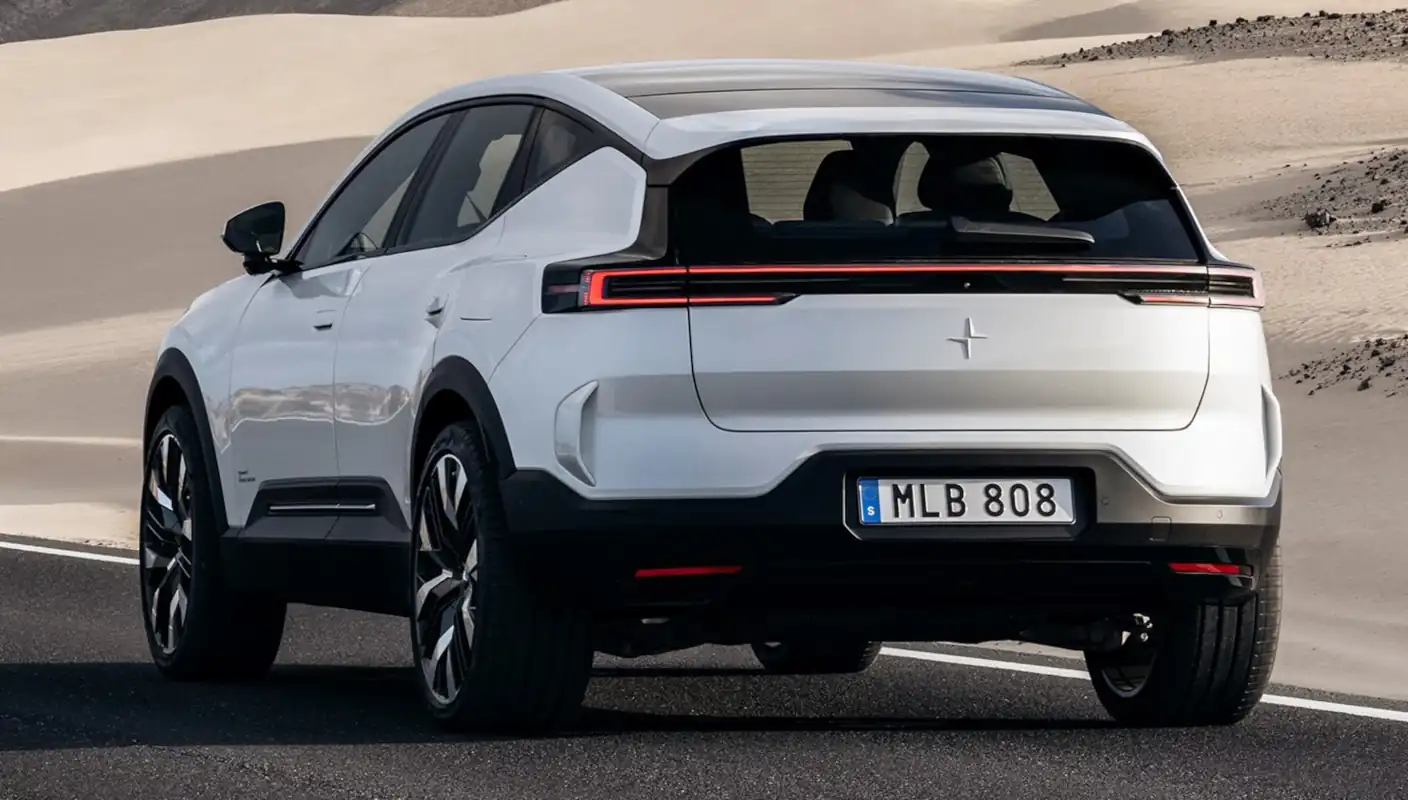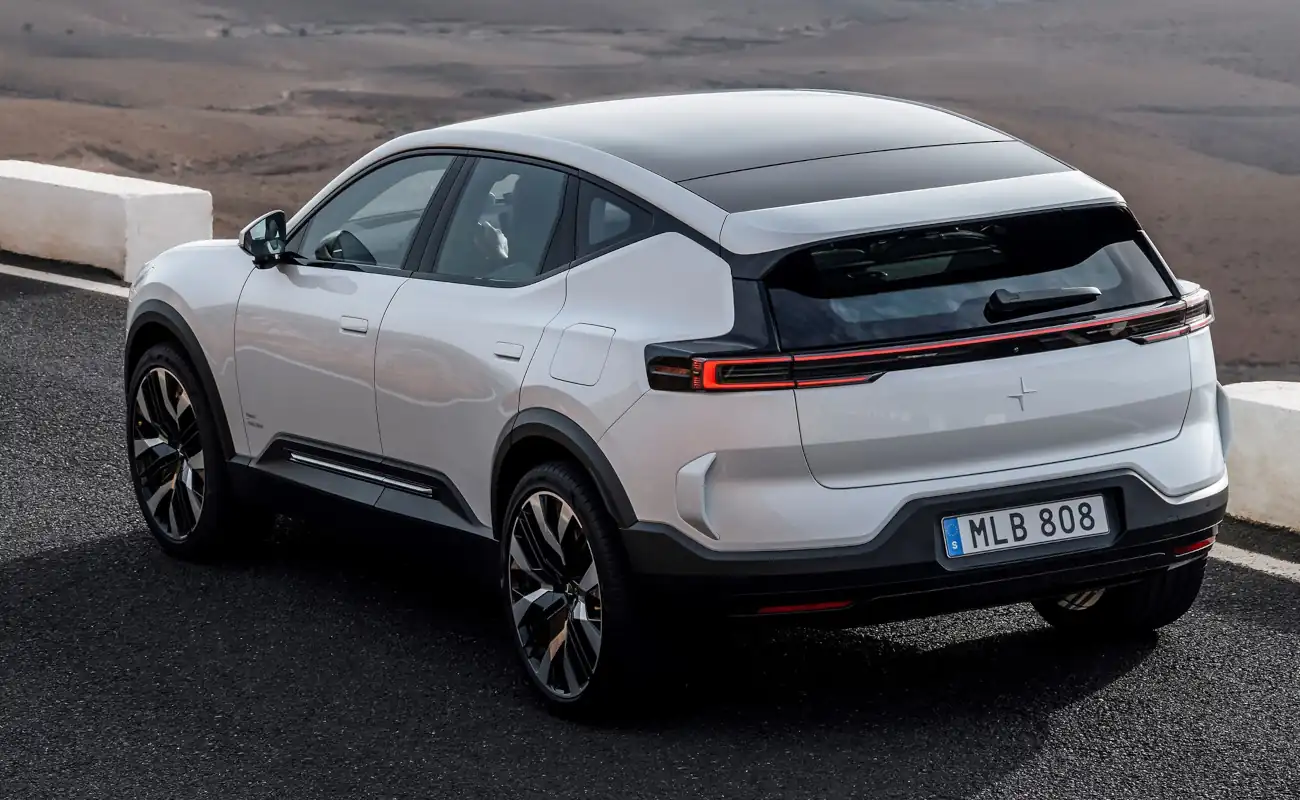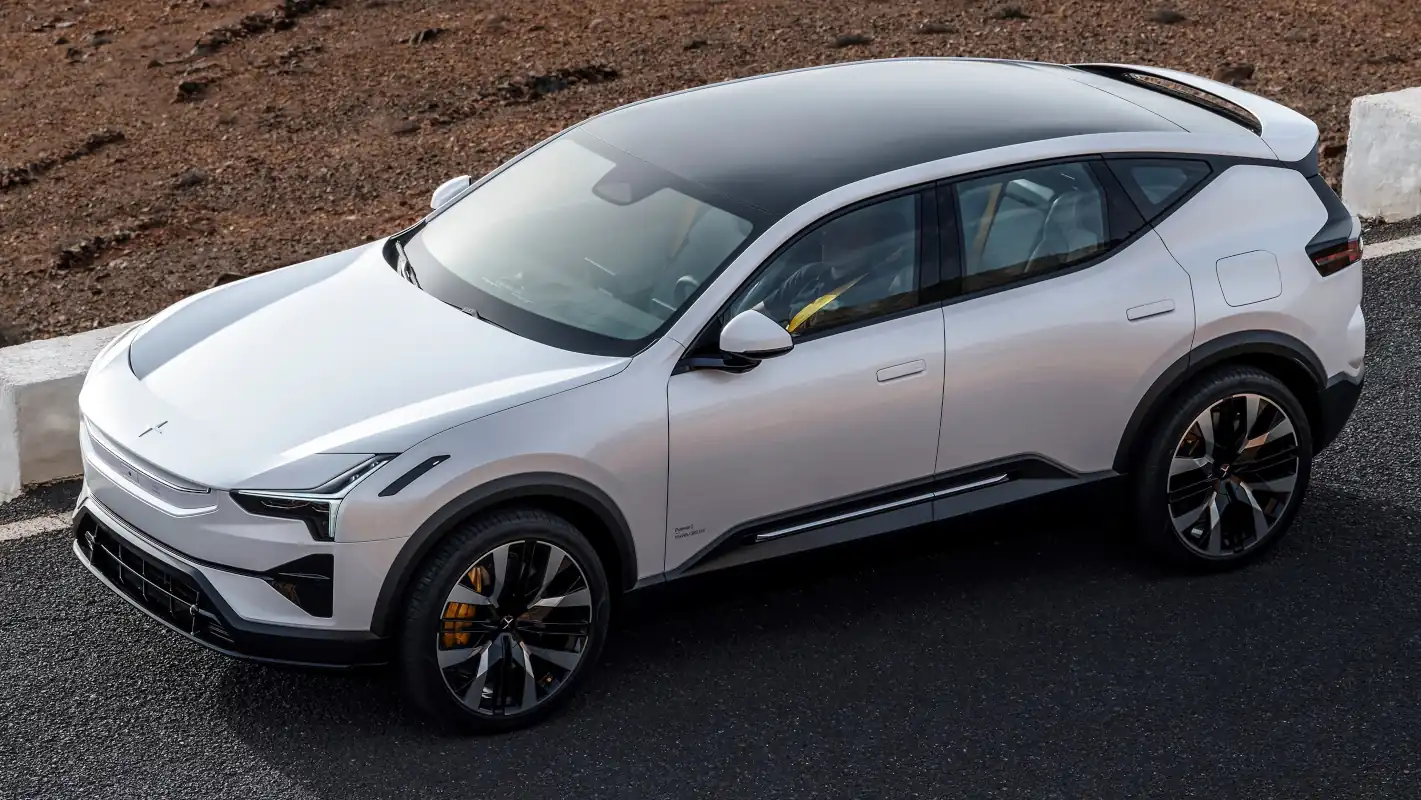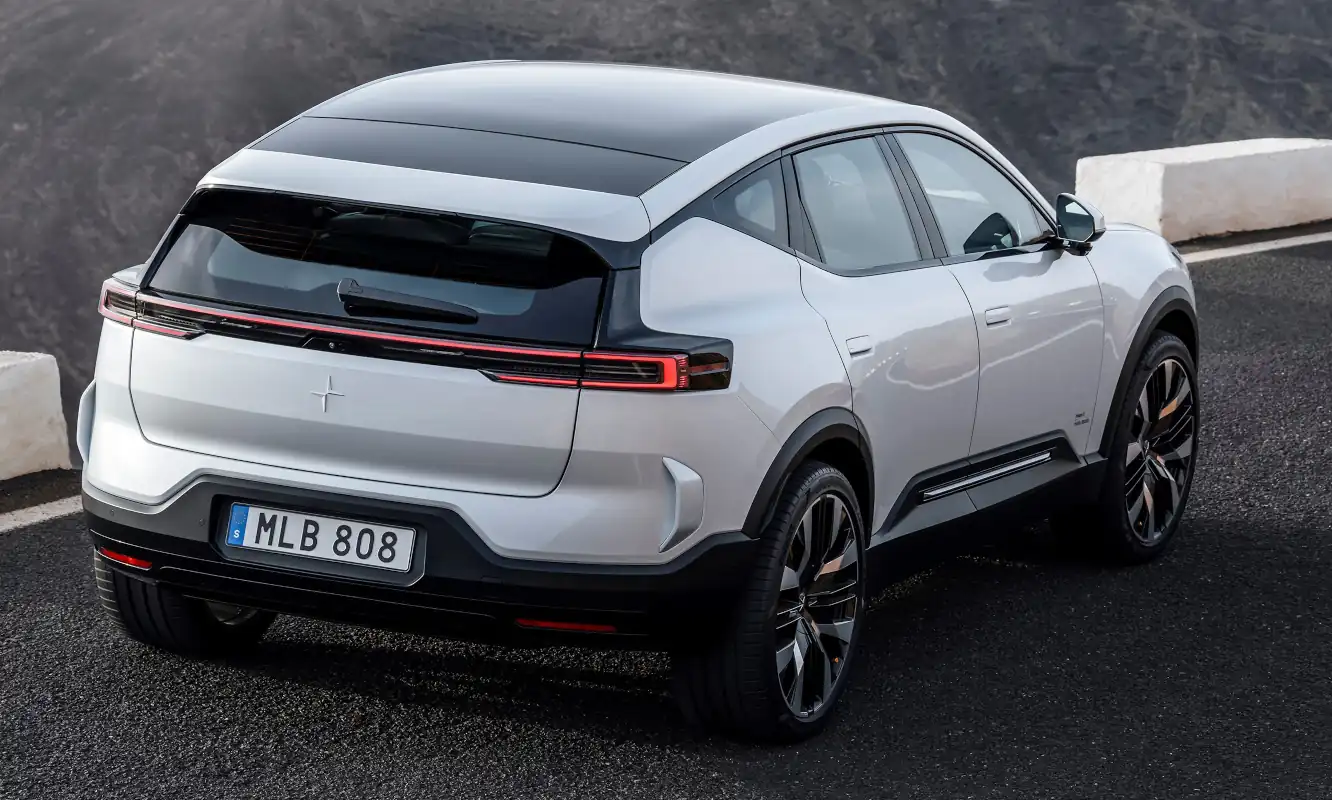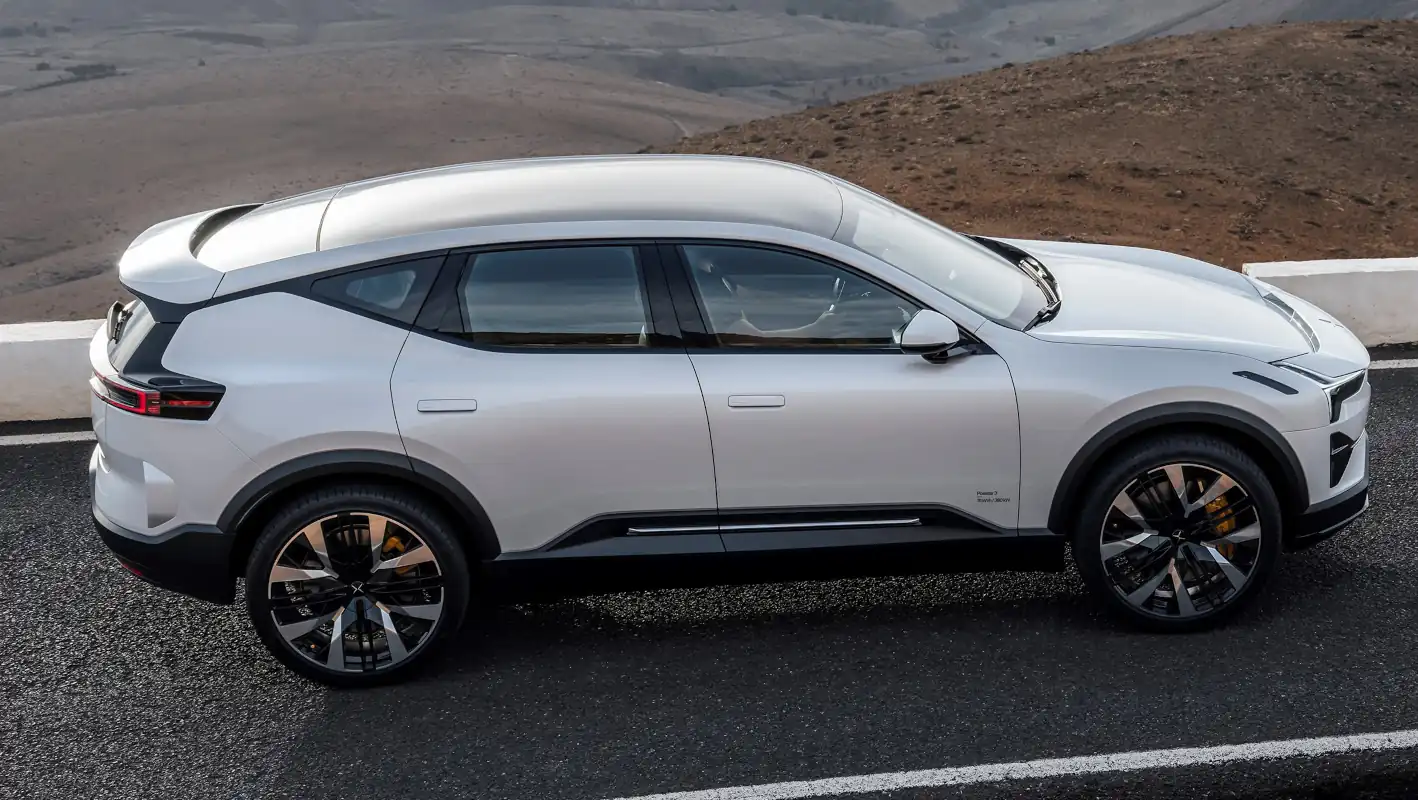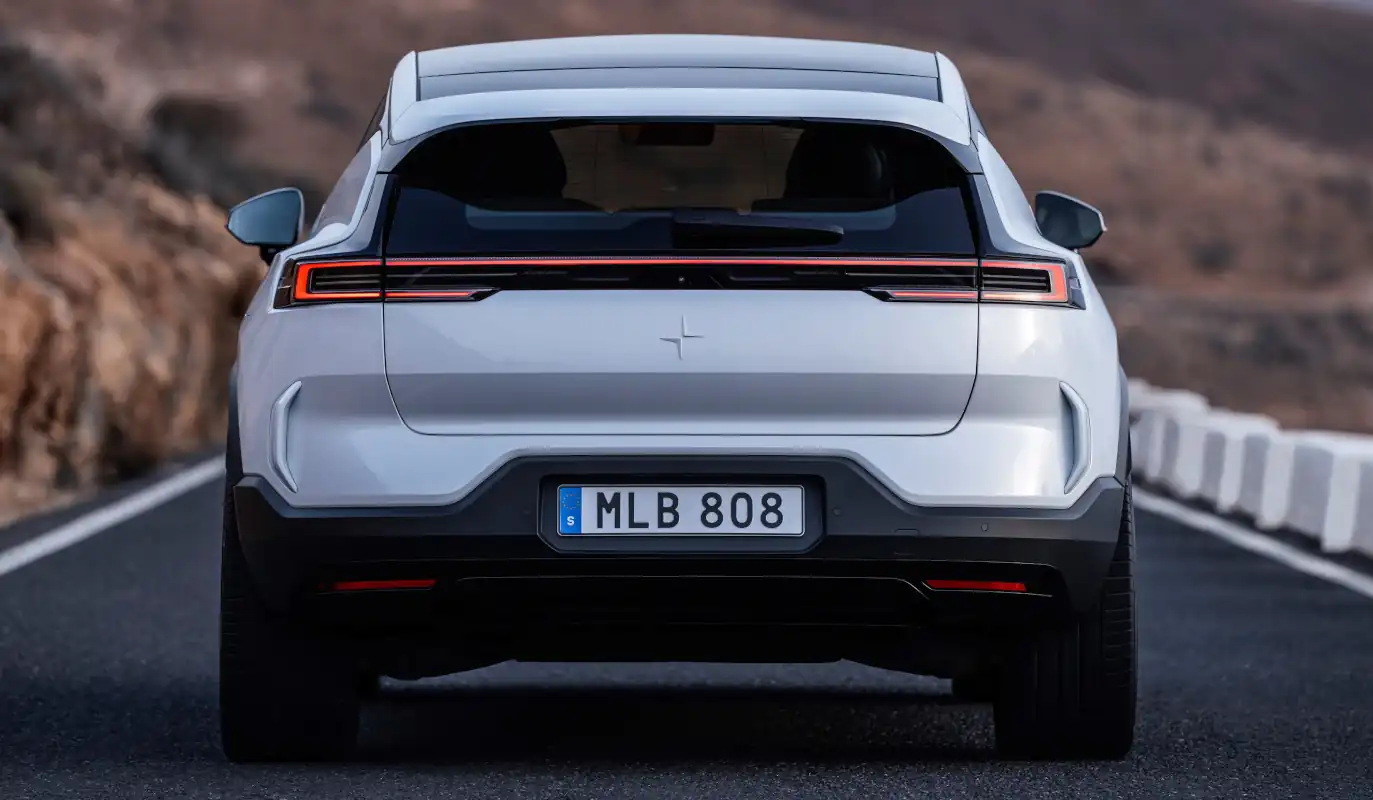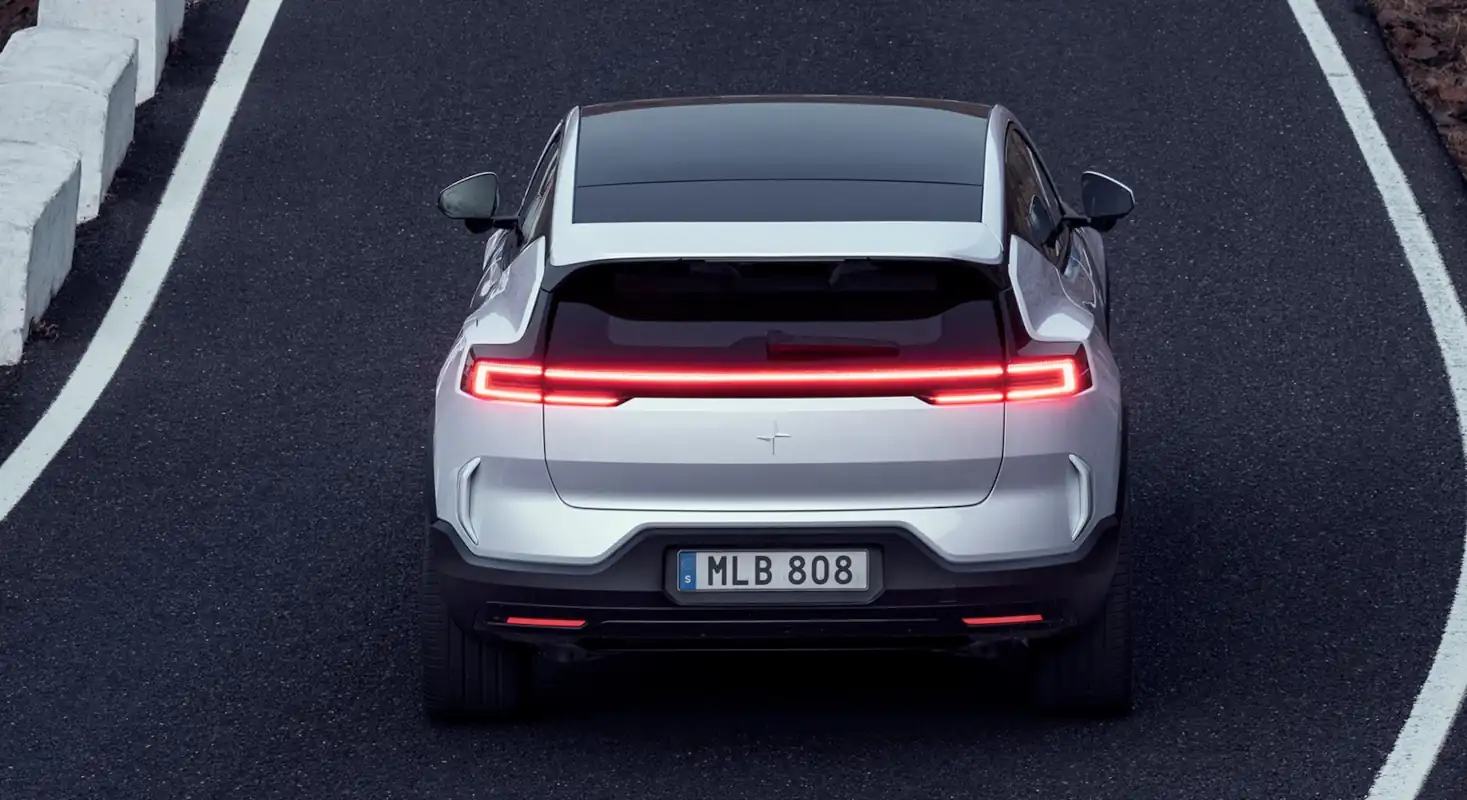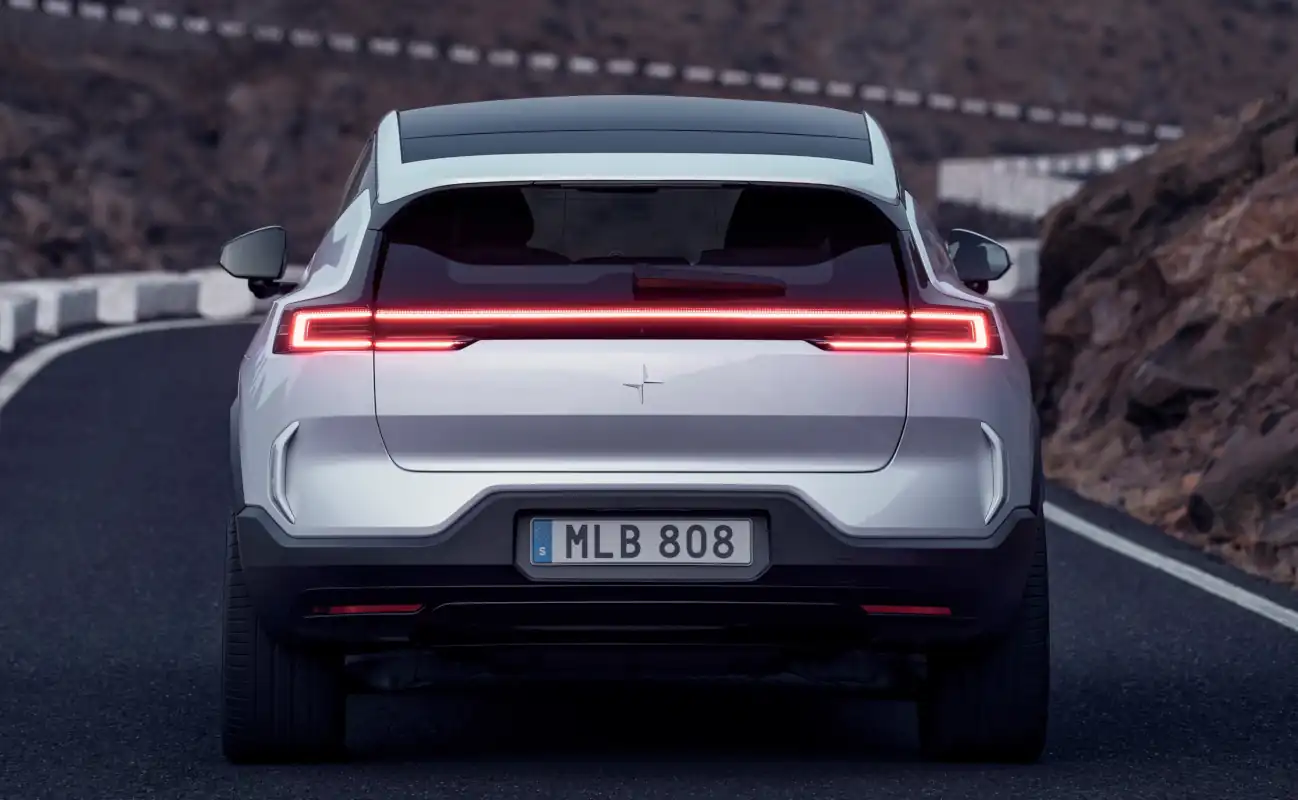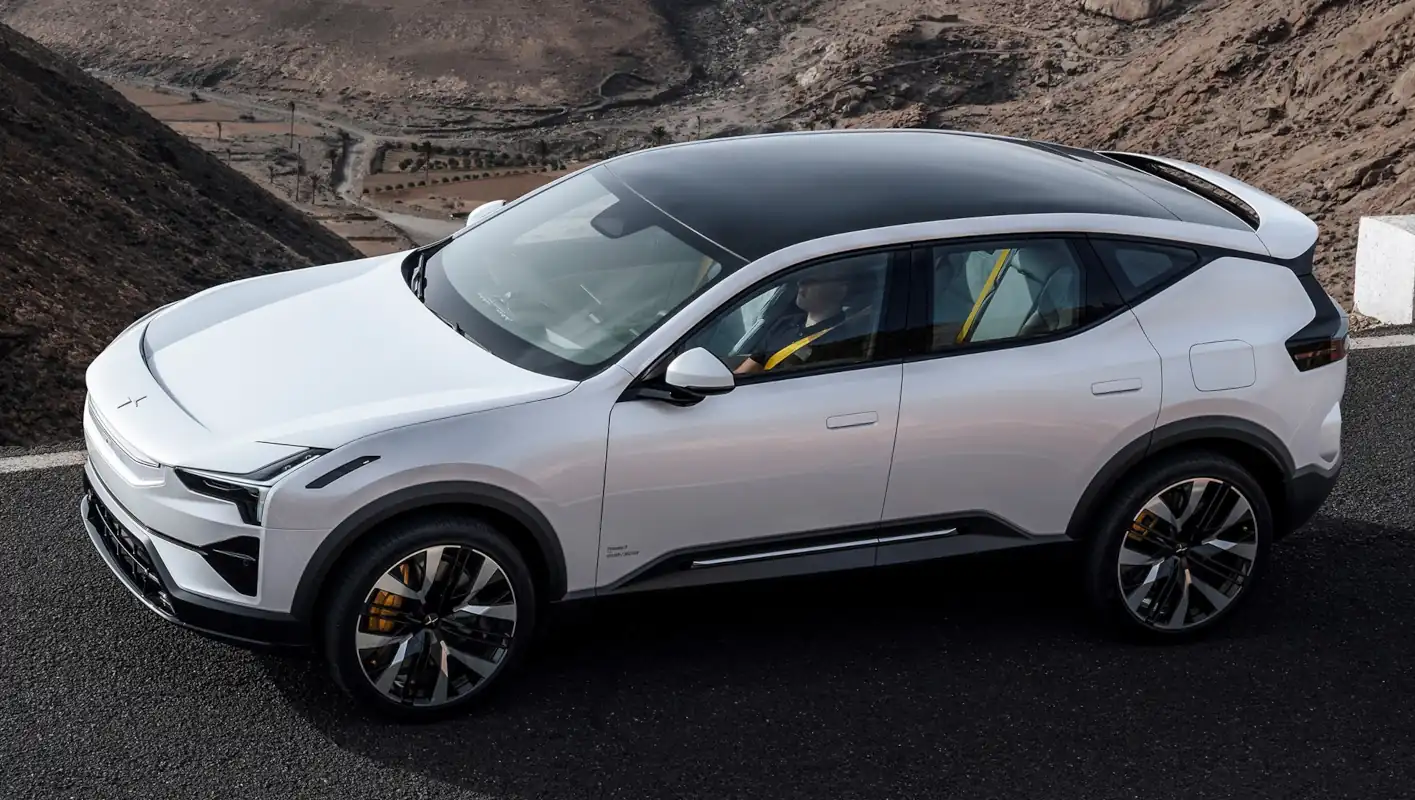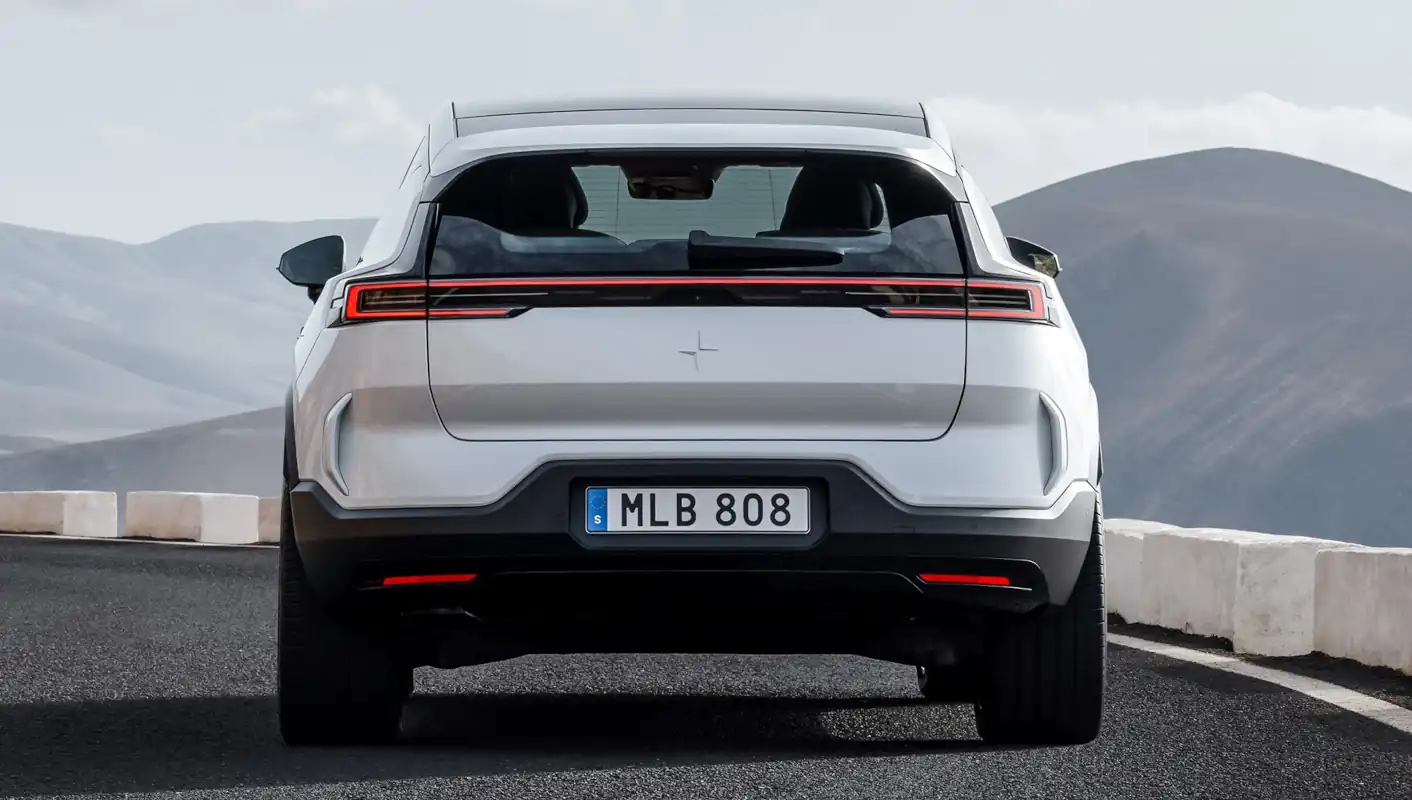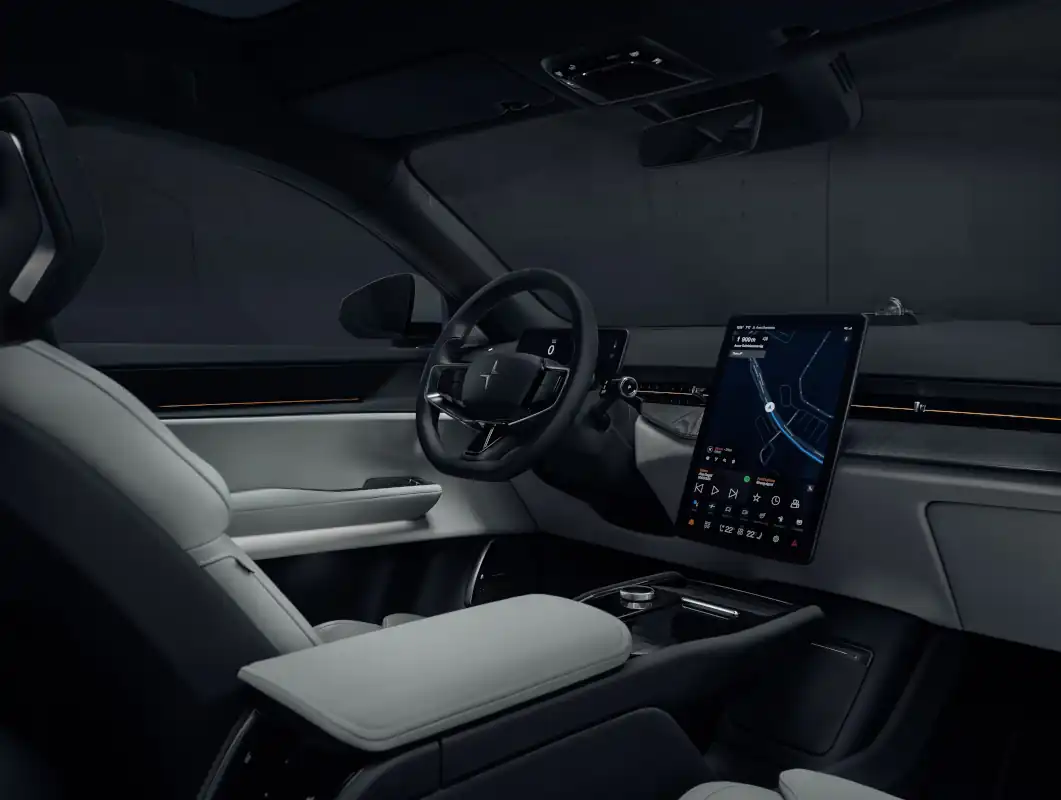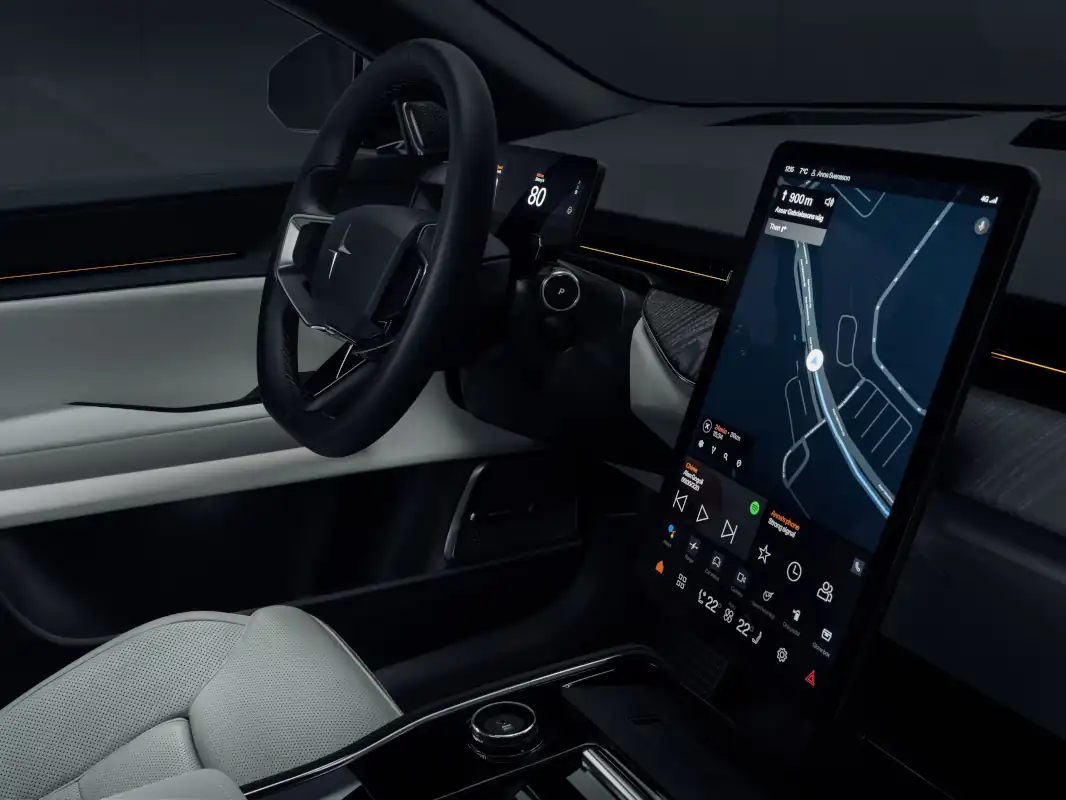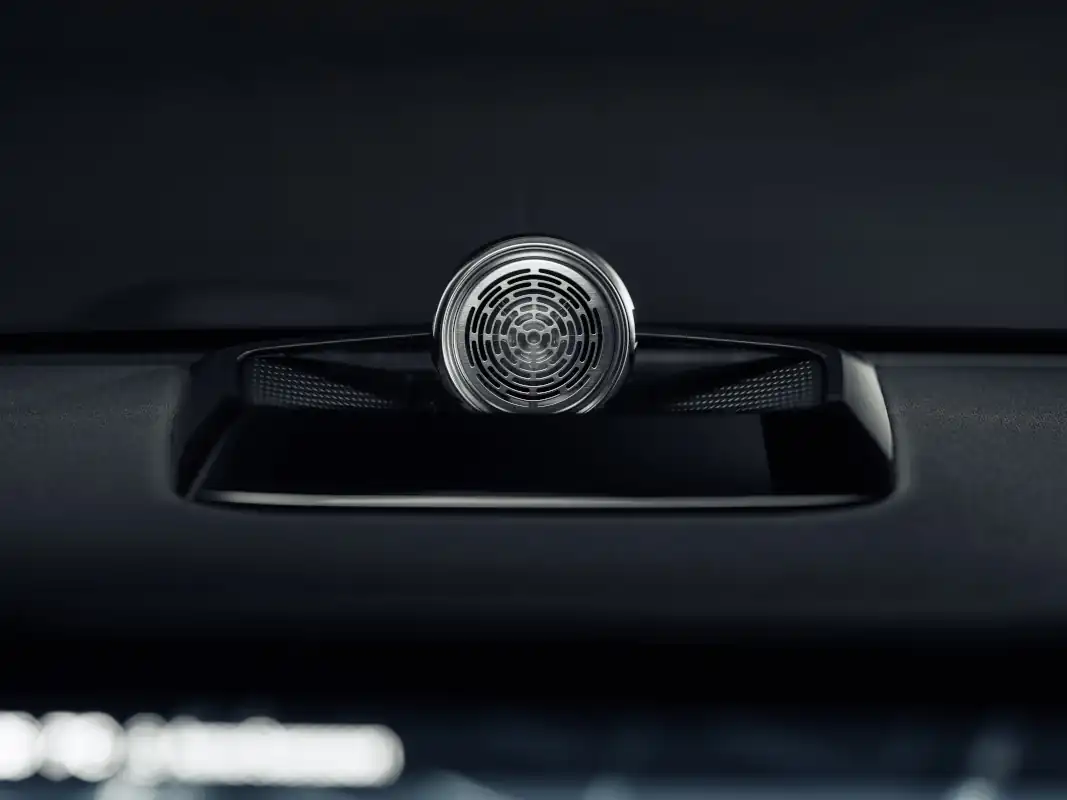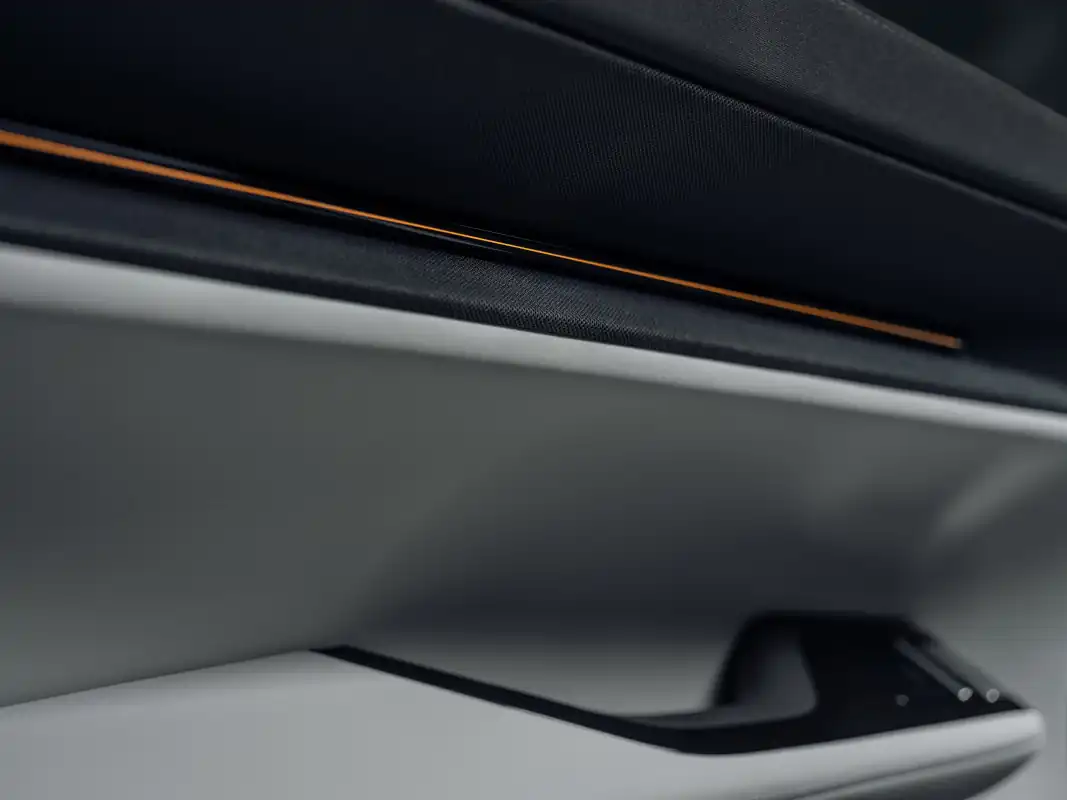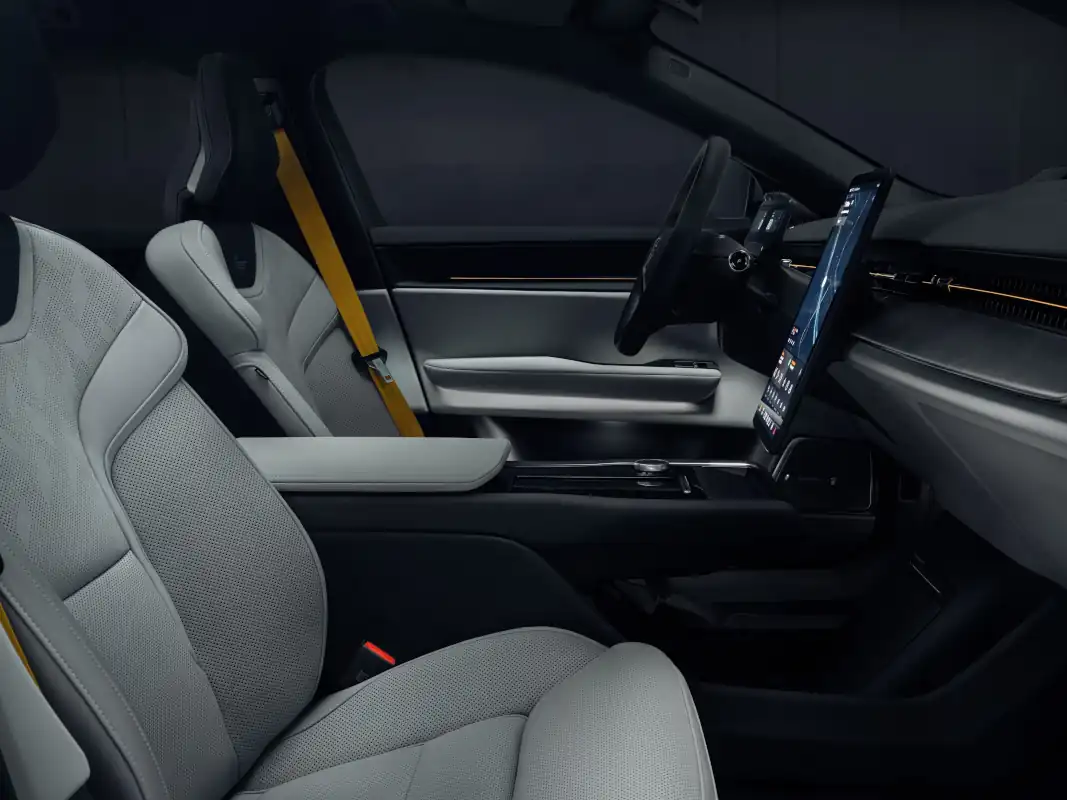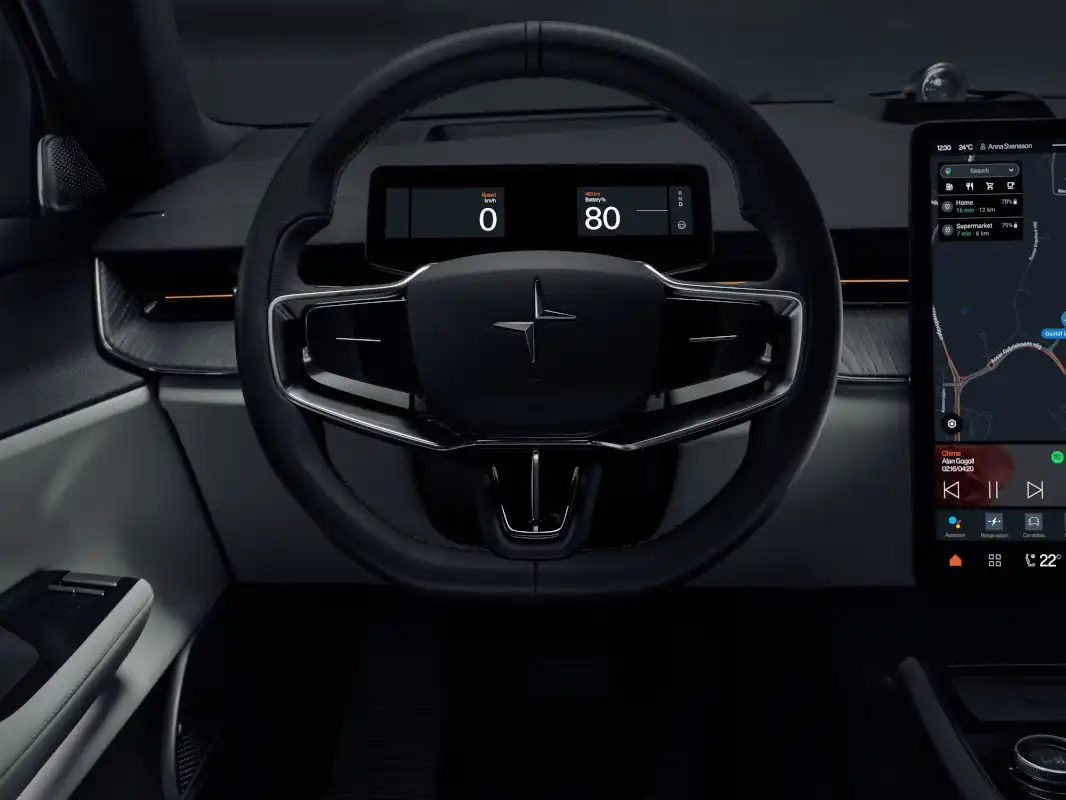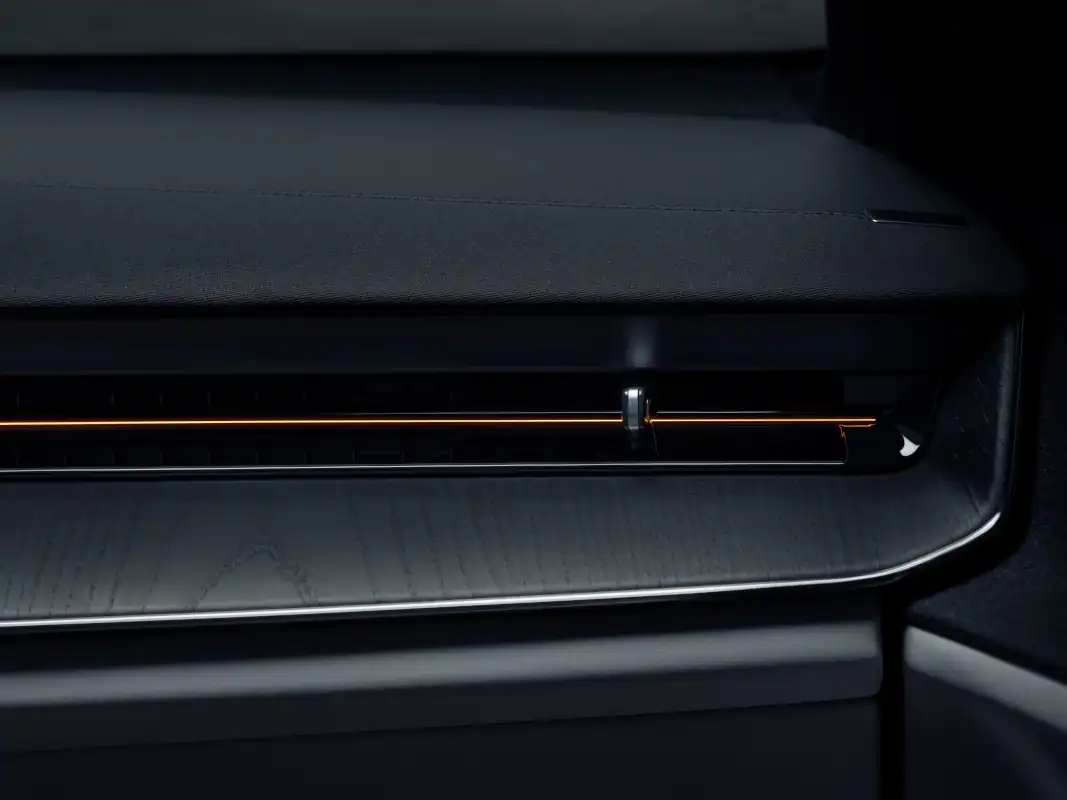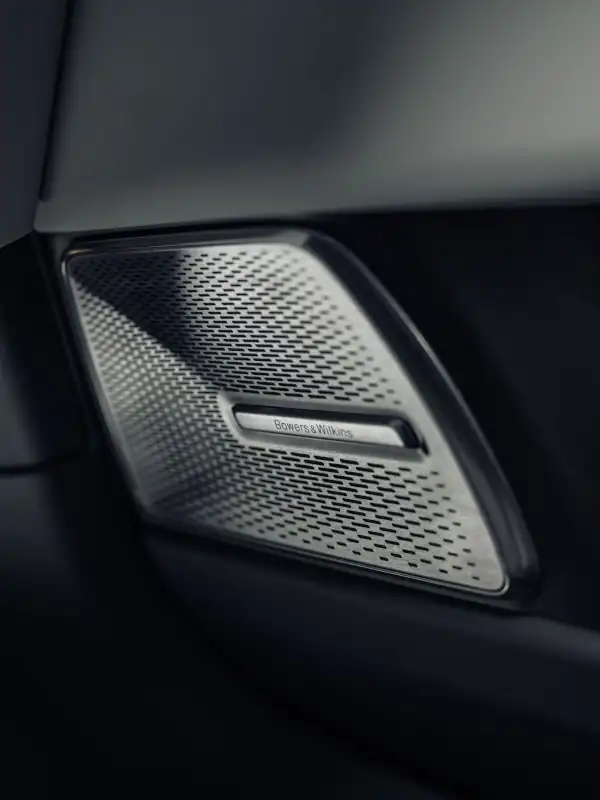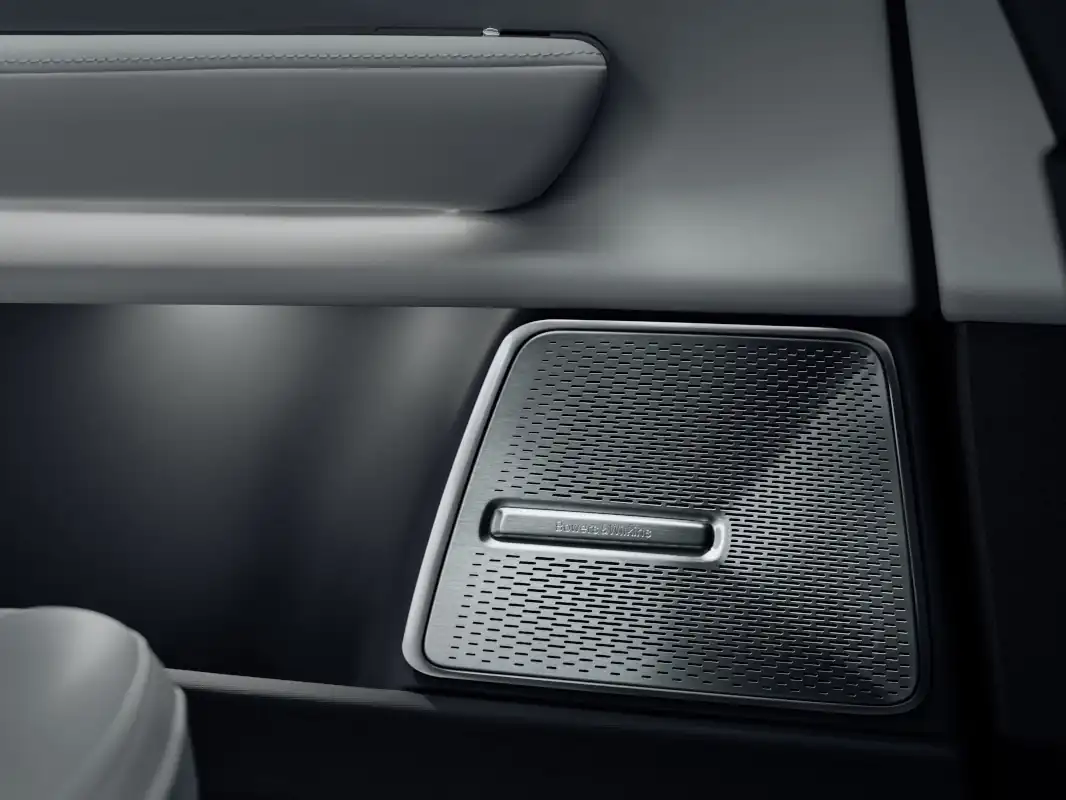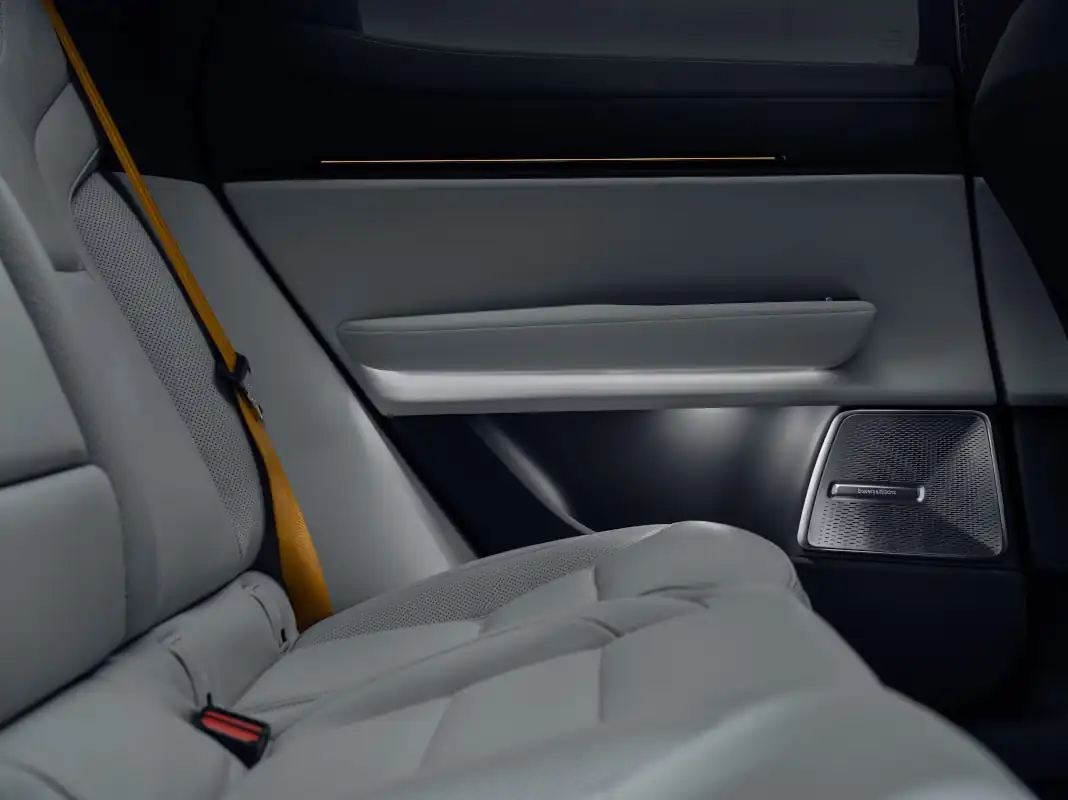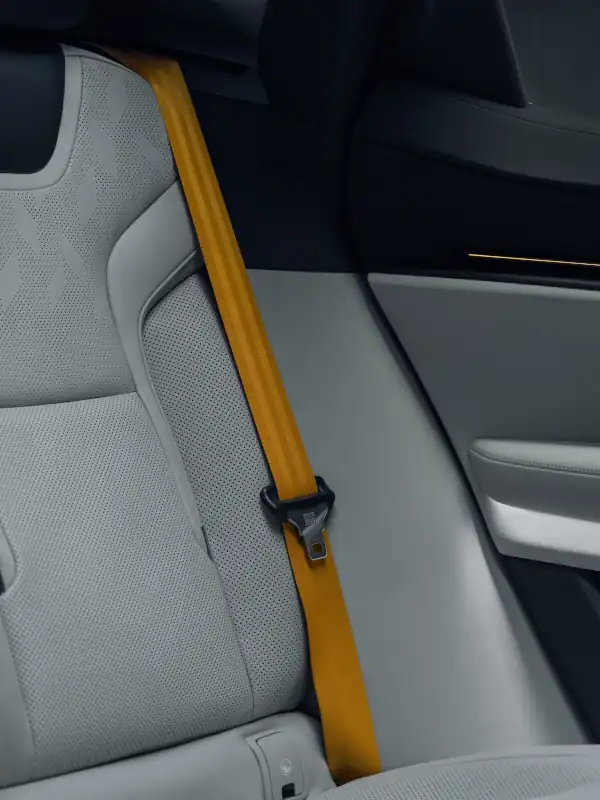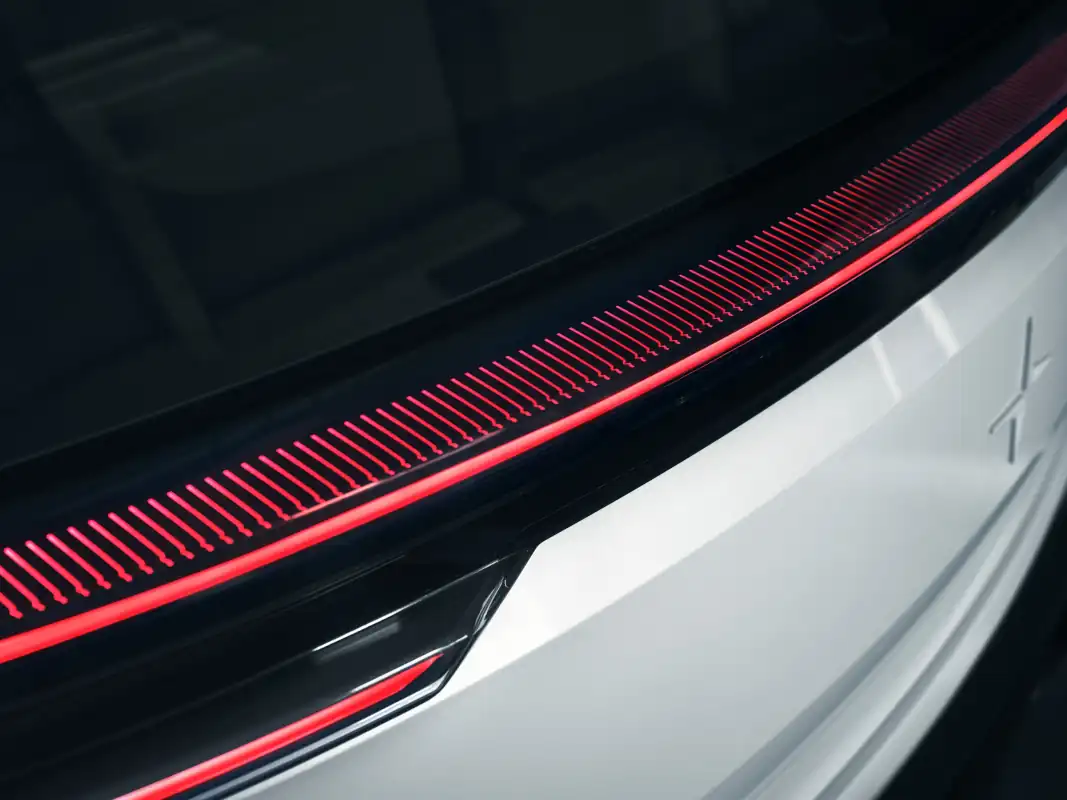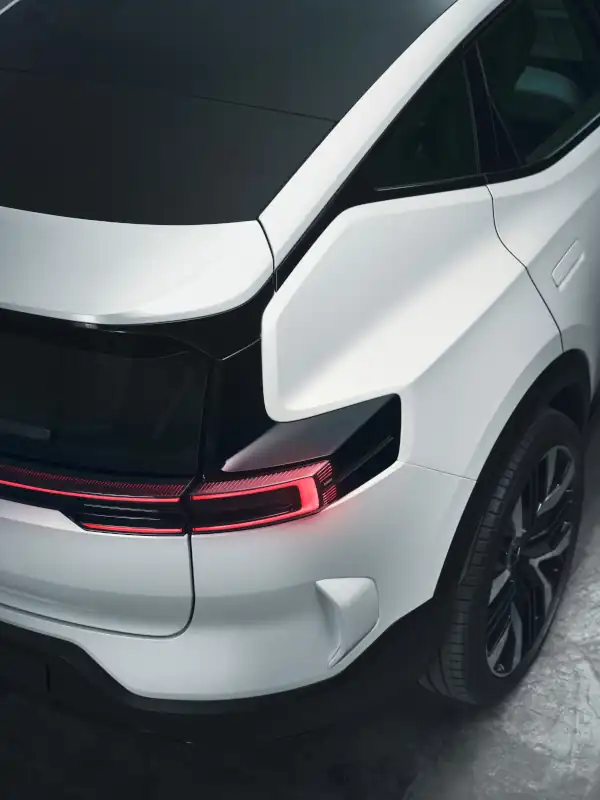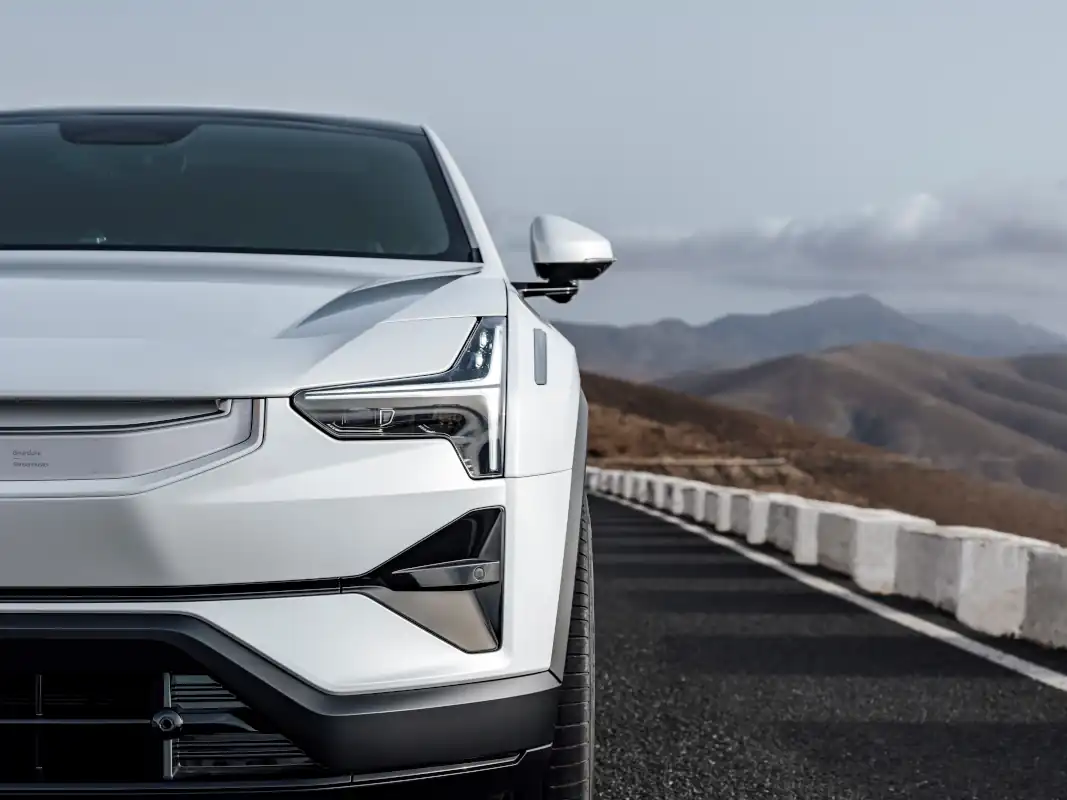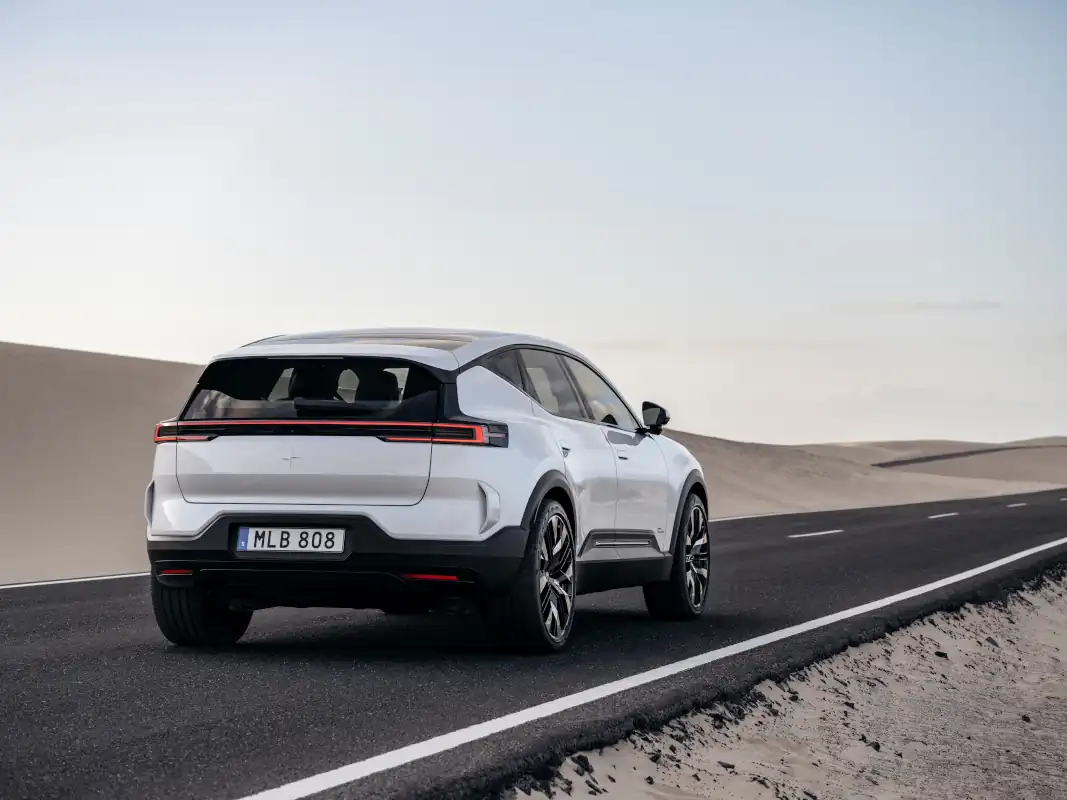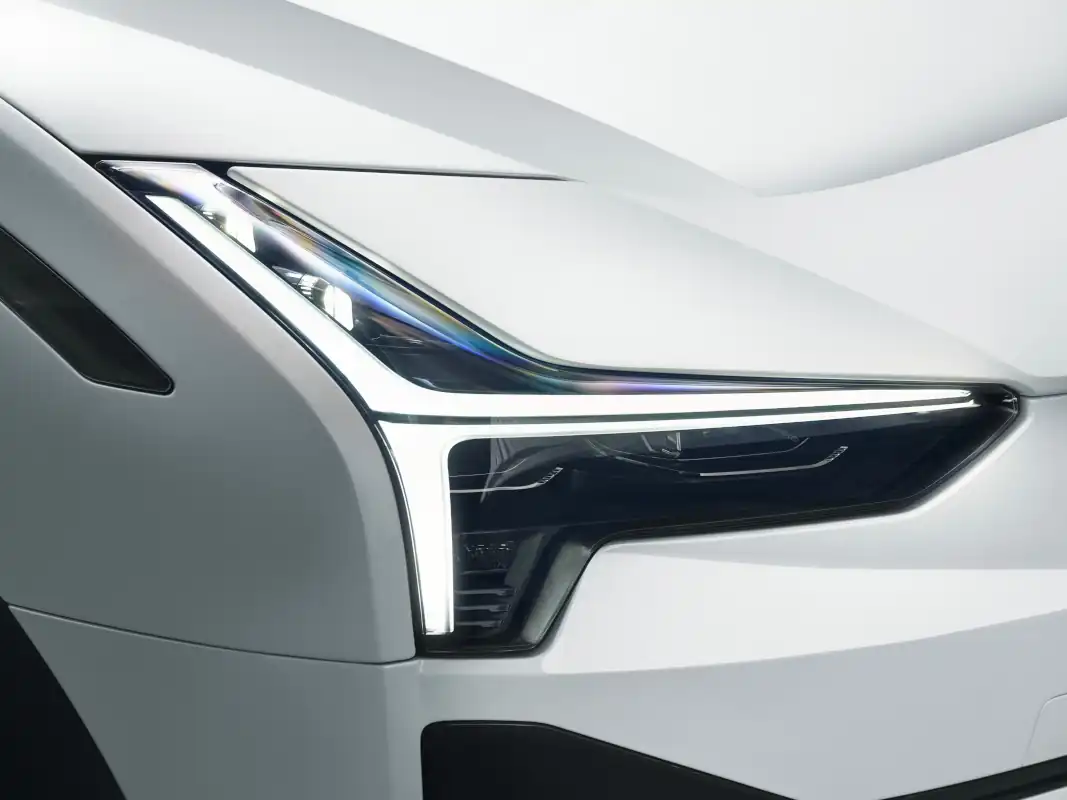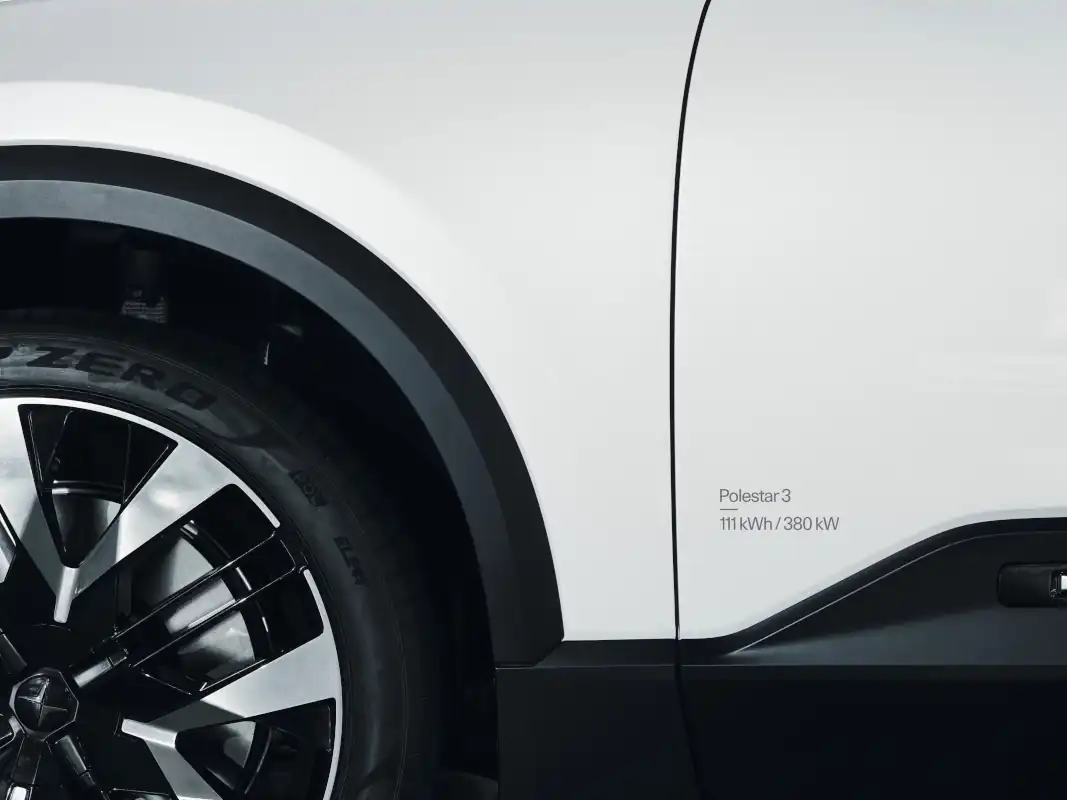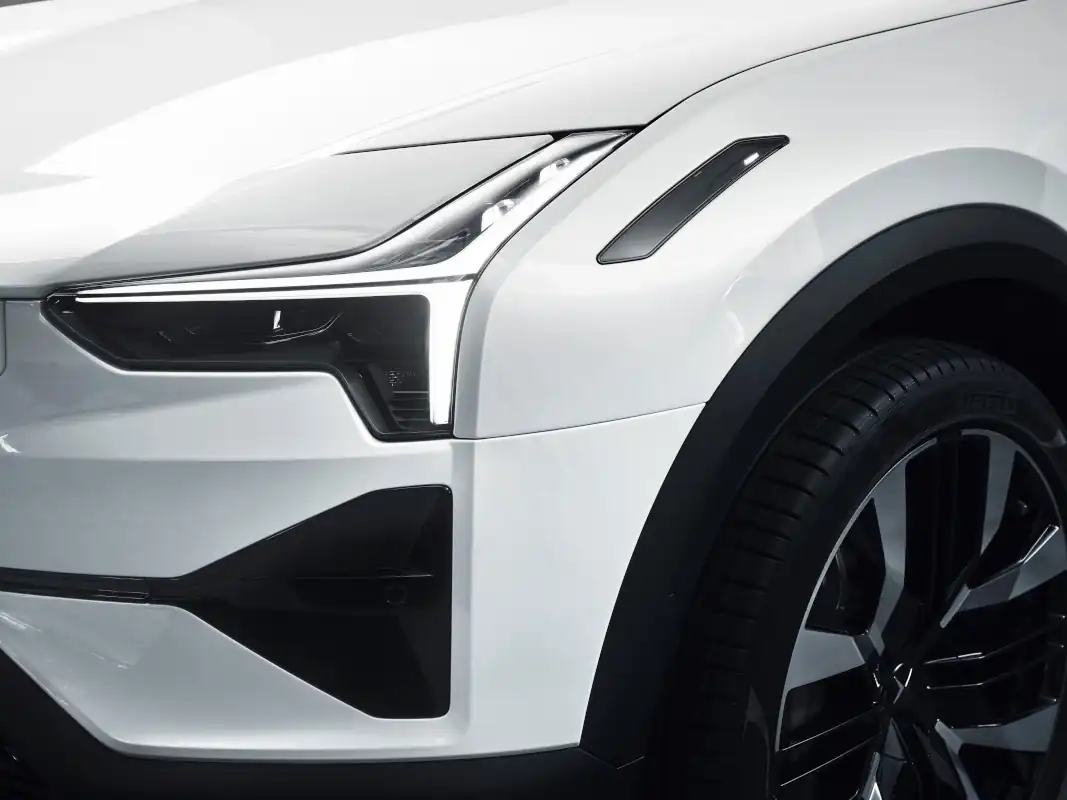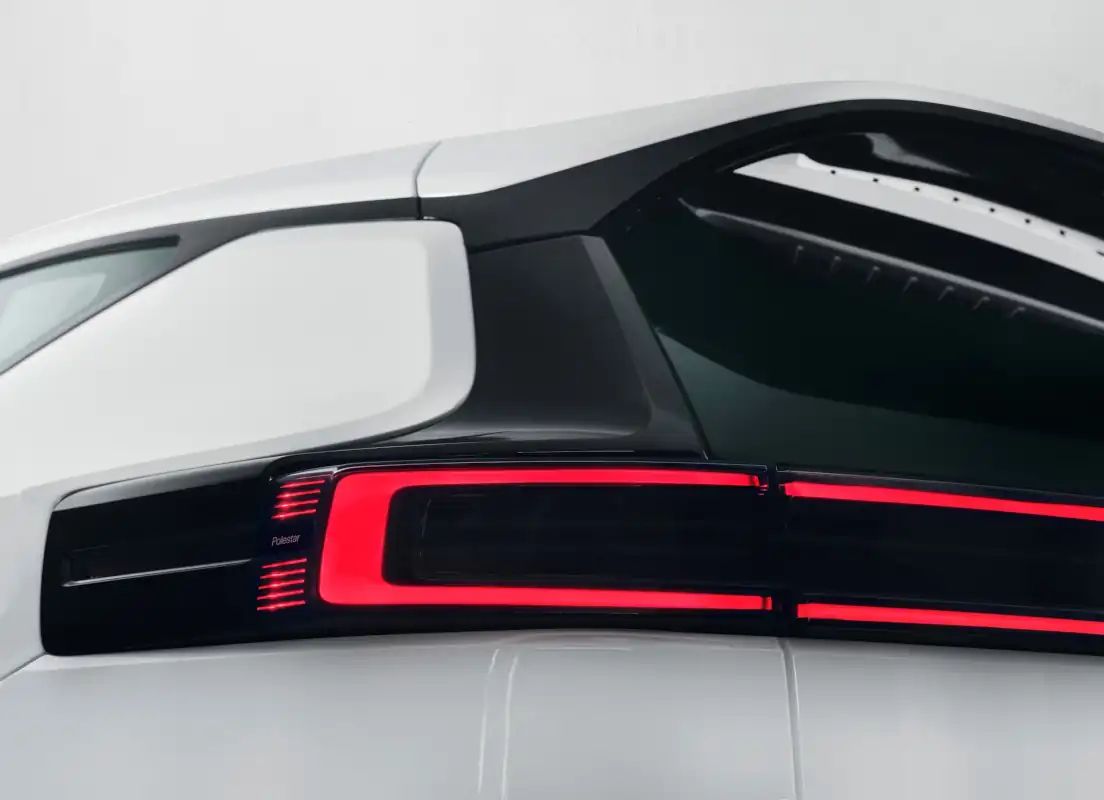
Polestar (Nasdaq: PSNY) officially reveals the Polestar 3 electric performance SUV. Scandinavian minimalism and purity work together with the key ingredients of a sport utility vehicle, defining the SUV for the electric age. Polestar 3 makes the SUV not only more relevant and responsible, but also desirable for all the right reasons.
“Polestar 3 is a powerful electric SUV that appeals to the senses with a distinct, Scandinavian design and excellent driving dynamics,” says Thomas Ingenlath, Polestar CEO. “It takes our manufacturing footprint to the next level, bringing Polestar production to the United States. We are proud and excited to expand our portfolio as we continue our rapid growth.”
Polestar 3 premieres a new aerodynamic profile where strong focus has been placed on retaining the hallmarks of an SUV, including a powerful and wide stance. This has been led by subtle yet effective aerodynamic optimisation – including a front aero wing integrated into the bonnet, an aero wing integrated into the rear spoiler, and rear aero blades.
“This car has been designed as a Polestar from the start and features new defining characteristics for us – like the dual blade headlights, SmartZone and front aero wing,” continues Thomas Ingenlath.
Materials used inside Polestar 3 have been selected for their sustainability credentials, while raising premium aesthetics and luxury tactility. These include bio-attributed MicroTech, animal welfare-certified leather and fully traceable wool upholsteries. In line with Polestar’s commitment to transparency, a complete life-cycle assessment (LCA) will be completed on Polestar 3 when production begins. Subsequent assessments will follow through its life cycle and work will continue to constantly find ways of reducing its carbon footprint.
Polestar 3 is the first car from Polestar to feature centralised computing with the NVIDIA DRIVE core computer, running software from Volvo Cars. Serving as the AI brain, NVIDIA’s high-performance automotive platform processes data from the car’s multiple sensors and cameras to enable advanced driver-assistance safety features and driver monitoring.
The infotainment system is powered by a next-generation Snapdragon Cockpit Platform from Qualcomm Technologies, Inc. As a central component of the Snapdragon Digital Chassis – a comprehensive set of open and scalable cloud-connected automotive platforms – the Snapdragon Cockpit Platform will be utilised to provide immersive in-vehicle experiences with its high-performance capabilities to deliver high-definition displays, premium quality surround sound and seamless connectivity throughout the vehicle.
With Volvo Cars embarking on a new era of safety, Polestar 3 carries next-generation advanced active and passive safety technology from Volvo Cars as part of its DNA. This includes the latest innovation – interior radar sensors that can detect sub-millimetre movements in the interior of the car, to help protect against accidentally leaving children or pets inside. The system is also linked to the climate control system to avoid heat stroke or hypothermia.
Further collaborations with industry-leading safety technology partners like Zenseact, Luminar and Smart Eye, provide Polestar 3 with cutting-edge ADAS (Advanced Driver Assistance System) technology that integrates seamlessly thanks to the centralised computing power.
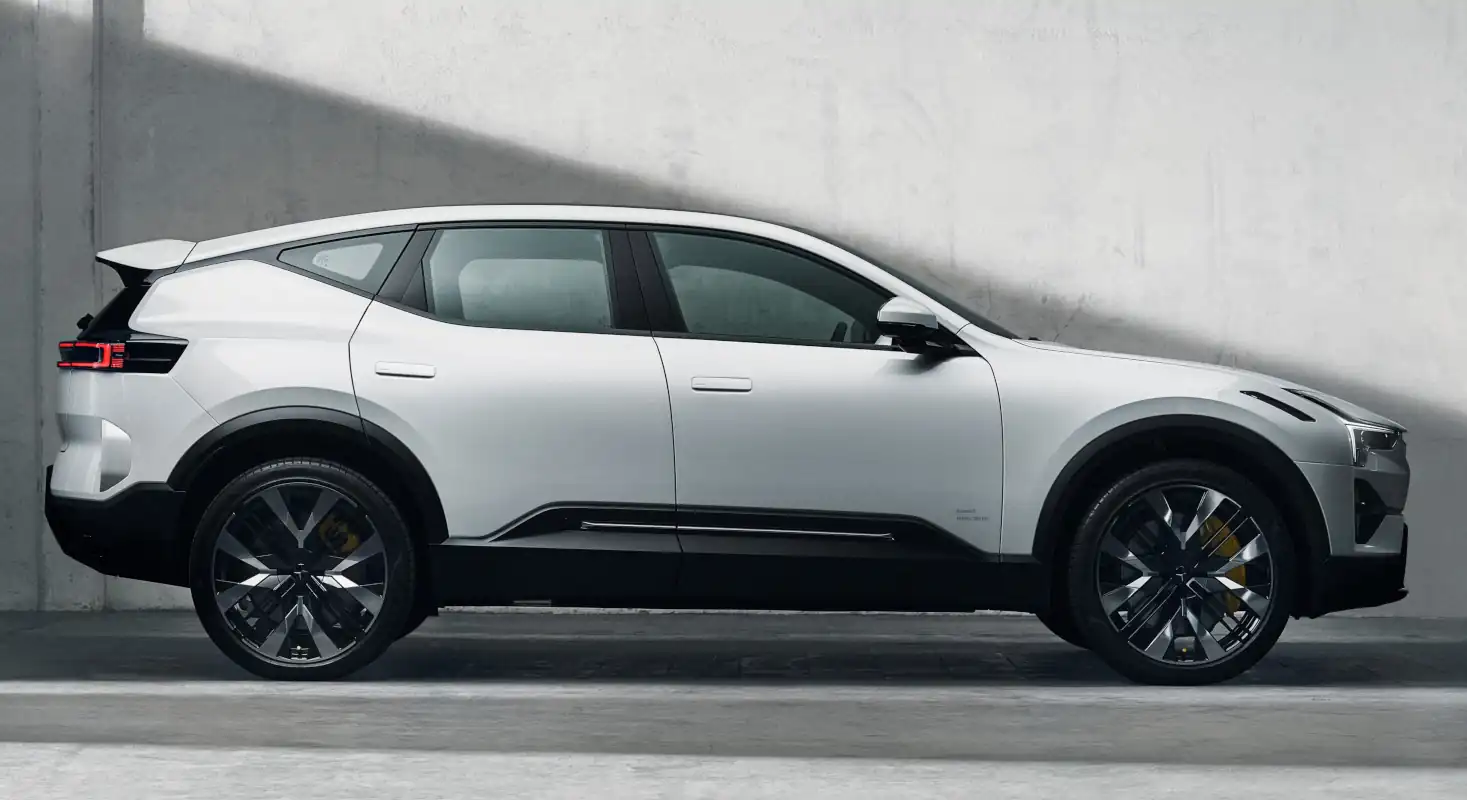
As standard, Polestar 3 features a total of five radar modules, five external cameras and twelve external ultrasonic sensors to support numerous advanced safety features. The SmartZone below the front aero wing collects several of the forward-facing sensors, a heated radar module and camera, and now becomes a signature of Polestar design. Inside, two closed-loop driver monitoring cameras bring leading eye tracking technology from Smart Eye to a Polestar for the first time, geared towards safer driving. The cameras monitor the driver’s eyes and can trigger warning messages, sounds and even an emergency stop function when detecting a distracted, drowsy or disconnected driver.
Android Automotive OS is the in-car operating system, co-developed with Google and fronted by a 14.5-inch centre display. It is an evolution of the technology first launched in Polestar 2 – the first car in the world with Google built-in – and a revolution of functionality and design for the large SUV segment. Over-the-air (OTA) updates are included to allow for continuous software improvement and the introduction of new features without the need to visit a service point.
Polestar 3 launches with a dual-motor configuration and a power bias towards the rear. The standard car produces a total of 360 kW and 840 Nm of torque. With the optional Performance Pack, total output is 380 kW and 910 Nm. Adjustable one-pedal drive is included, as well as an electric Torque Vectoring Dual Clutch function on the rear axle – an evolution of what was first developed for Polestar 1. A decoupling function is also available for the rear electric motor, allowing the car to run only on the front electric motor to save energy under certain circumstances.
Advanced chassis control is provided by dual-chamber air suspension as standard, allowing Polestar 3 to adapt between comfort and dynamic suspension characteristics, and the car can adjust its active damper velocity electronically once every two milliseconds (500 Hz).
“Our goal was to offer the performance and precision that define all Polestar cars, without compromising the comfort of the daily drive,” says Joakim Rydholm, Polestar’s chief chassis engineer. “To do this, we used new components like the adaptive air suspension to engineer the ‘Polestar feeling’ for this type of car.”
A 111 kWh battery pack provides Polestar 3 with generous driving range of up to 610 km WLTP[2] (preliminary). The lithium-ion battery features a prismatic cell design housed in a protective aluminium case with boron steel reinforcement and liquid cooling. A heat pump is included as standard, helping Polestar 3 utilise ambient heat for climate- and battery preconditioning. Polestar 3 is also equipped for bidirectional charging, enabling future potential for vehicle-to-grid and plug-and-charge capabilities.
As with Polestar 2, the list of standard equipment in Polestar 3 is extensive, with few options for easy configuration and simplified production logistics. All versions include air suspension, a full-length panoramic glass roof, all-LED lighting inside and out, retractable door handles with proximity sensing, and 21-inch alloy wheels. The Plus Pack and Pilot Pack are fitted as standard for the first model year and include a raft of premium, luxury and convenience features like a 25-speaker audio system from Bowers & Wilkins with 3D surround sound and Dolby Atmos capability, soft-closing doors, a head-up display and Pilot Assist.
Available to order from the second quarter of 2023, the optional Pilot Pack with LiDAR from Luminar will add an additional control unit from NVIDIA, three cameras, four ultrasonic sensors and cleaning for the front- and rear-view cameras, providing accurate real-time data about the car’s surroundings especially in the long-range field. This enables enhanced 3D scanning of the car’s surroundings in greater detail and helps prepare the car for autonomous driving.
The optional Performance Pack sharpens driving dynamics even further and includes the maximum power and torque output (380 kW and 910 Nm), along with performance optimisation for the air suspension, unique 22-inch forged alloy wheels and additional signature ‘Swedish gold’ details.
Polestar 3 is the first car out on a new all-electric technology base developed by and shared with Volvo Cars. Production for initial launch markets[3] is planned to begin in Volvo Cars’ facility in Chengdu, China, in an incremental ramp-up phase[3] from mid-2023, with first deliveries expected in the fourth quarter of 2023.
Additional manufacturing at Volvo Cars’ Ridgeville, South Carolina facility in the United States, is expected to follow towards the middle of 2024 – from which point supply to North American and other markets is planned to switch from China to the US. Initial deliveries from this factory are expected around the middle of 2024.
At launch, the Polestar 3 Long range Dual motor (360 kW, 840 Nm) is available with an indicative launch price of EUR 89,900[1]. Orders commence online from 12 October 2022 in all initial launch markets[3] with full specification available at Polestar.com/polestar-3.
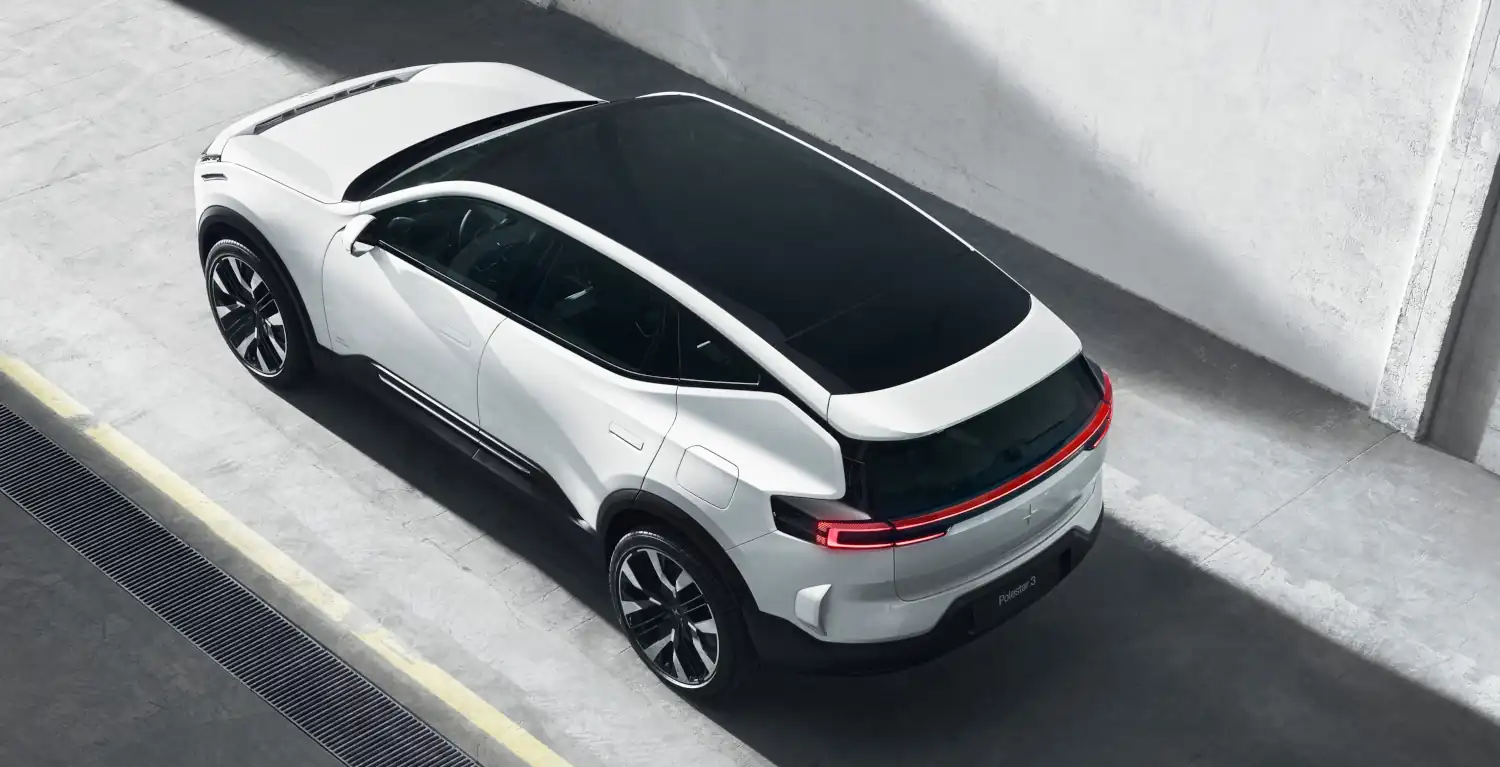
| Polestar 3 | Long range Dual motor |
| Indicative launch price[1] | EUR 89,900 |
| Plus Pack | Included |
| Pilot Pack | Included |
| Pilot Pack with LiDAR | Optional, expected to be available to order from Q2 2023 |
| Performance Pack | EUR 6,600 |
| Power | 360 kW (380 kW with Performance Pack) |
| Torque | 840 Nm (910 Nm with Performance Pack) |
| 0-100 km/h (target) | 5,0 seconds (4,7 with Performance Pack) |
| Top speed | 210 km/h |
| Battery capacity (nominal) | 111 kWh |
| Battery type | 400V lithium-ion |
| Battery construction | 204 prismatic cells, 17 modules, aluminium battery case |
| Range (preliminary, target) [2] | Up to 610 km (WLTP) |
| Electric motor type | Permanent magnet synchronous motors |
| Electric motor configuration | Dual, front and rear |
| Torque vectoring | Dual clutch (rear motor only) |
| Transmission | Single speed |
| Drag coefficient | 0,29 Cd |
| Drag force | 0,78 CdA |
| Charging capacity (DC) | Up to 250 kW |
| Charging capacity (AC) | Up to 11 kW |
| Wheelbase | 2,985 mm |
| Length | 4,900 mm |
| Height | 1,627 mm (1,614 in Europe) |
| Width incl. mirrors | 2,120 mm |
| Ground clearance | 211 mm (201 mm in Europe) |
| Kerb weight | 2,584-2,670 kg |
| Weight distribution | 50:50 |
| Towing capacity (braked) | 2,200 kg |
| Chassis type | Steel unibody |
| Body type | Steel |
| Wheels and tyres | Staggered, 21-22 inches |
| Brakes | Brembo 4-piston, 400 mm drilled and ventilated discs (front) Standard single-piston, 390 mm ventilated discs (rear) |
| Turning circle (kerb to kerb) | 11,8 m |
| Suspension | Double wishbone (front) Integral link (rear) |
| Damping | Adaptive, self-levelling dual-chamber air suspension with ZF active dampers |
| Front storage compartment | 32 litres |
| Rear luggage capacity (seats up) | 484 litres (incl. 90 under floor) |
| Rear cargo capacity (seats folded) | 1,411 litres (incl. 90 under floor) |
| Roof carrying capacity | 100 kg |
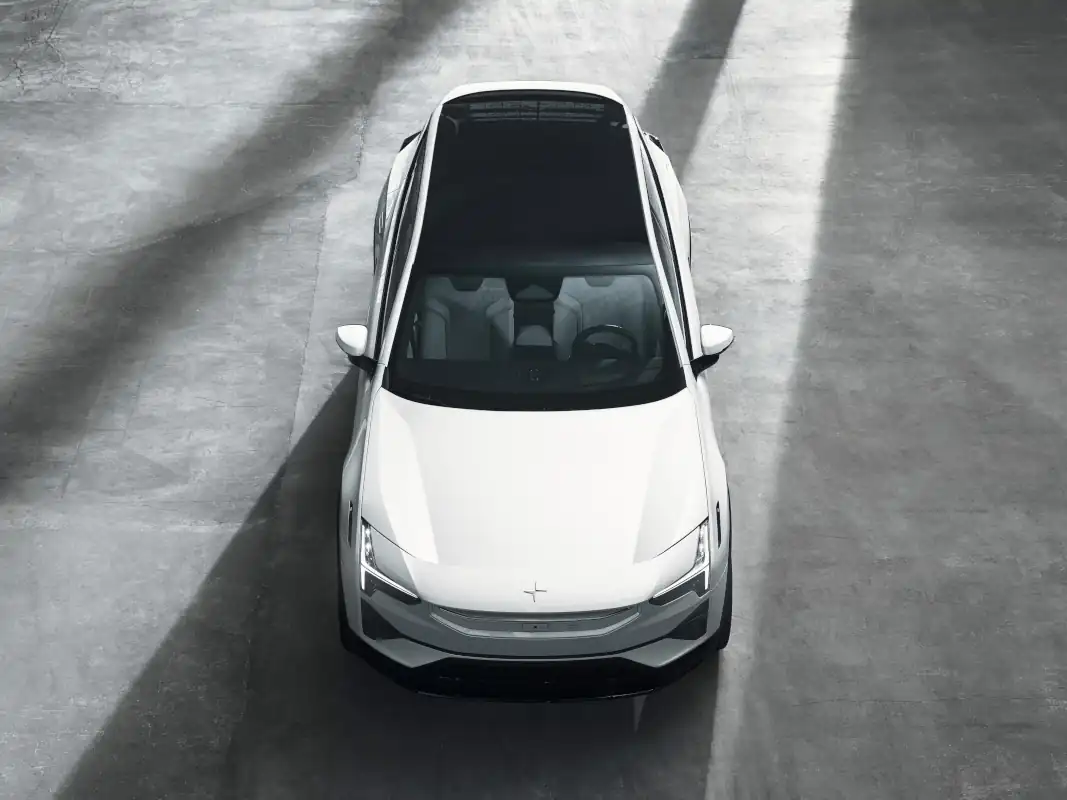 .
.
